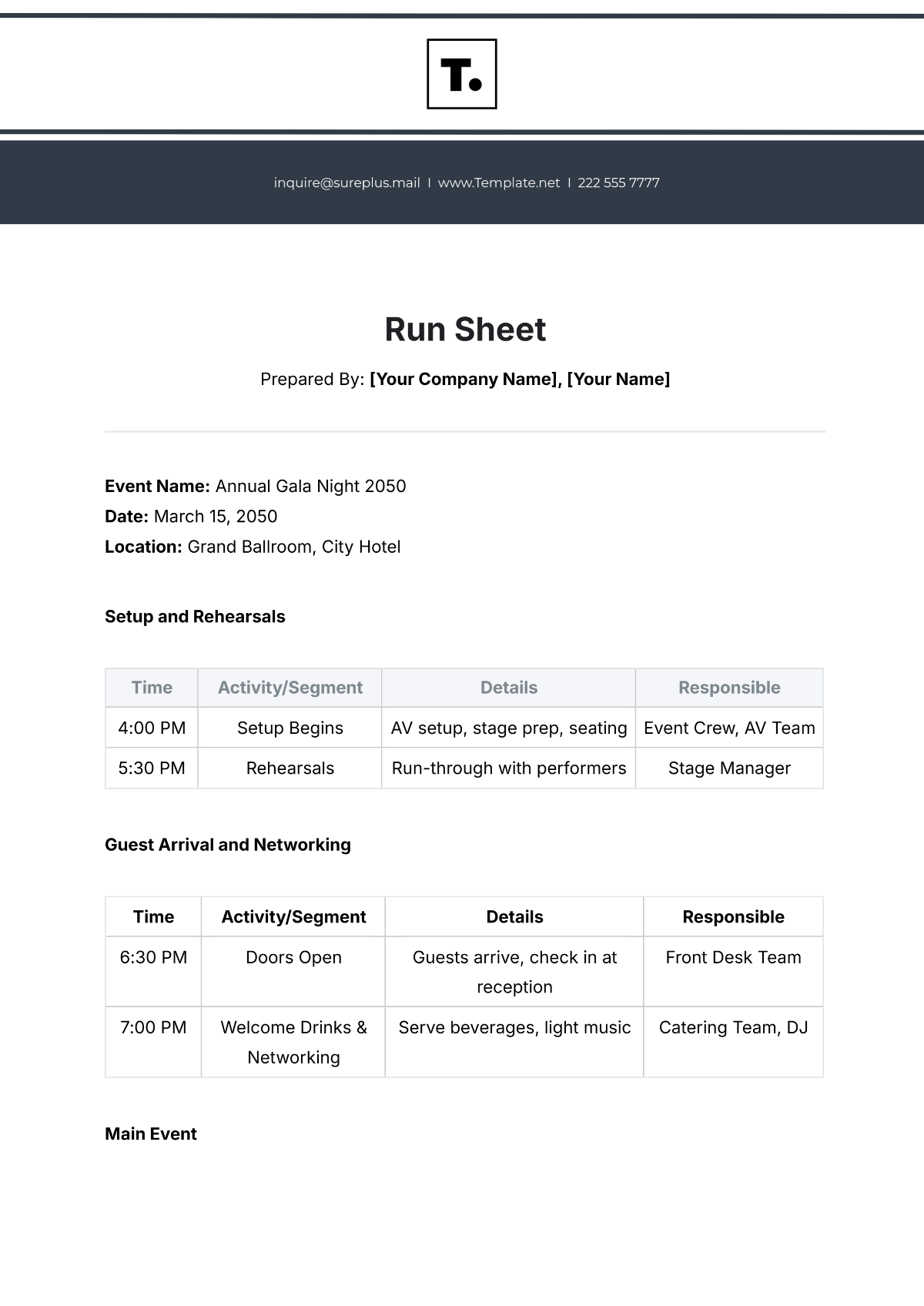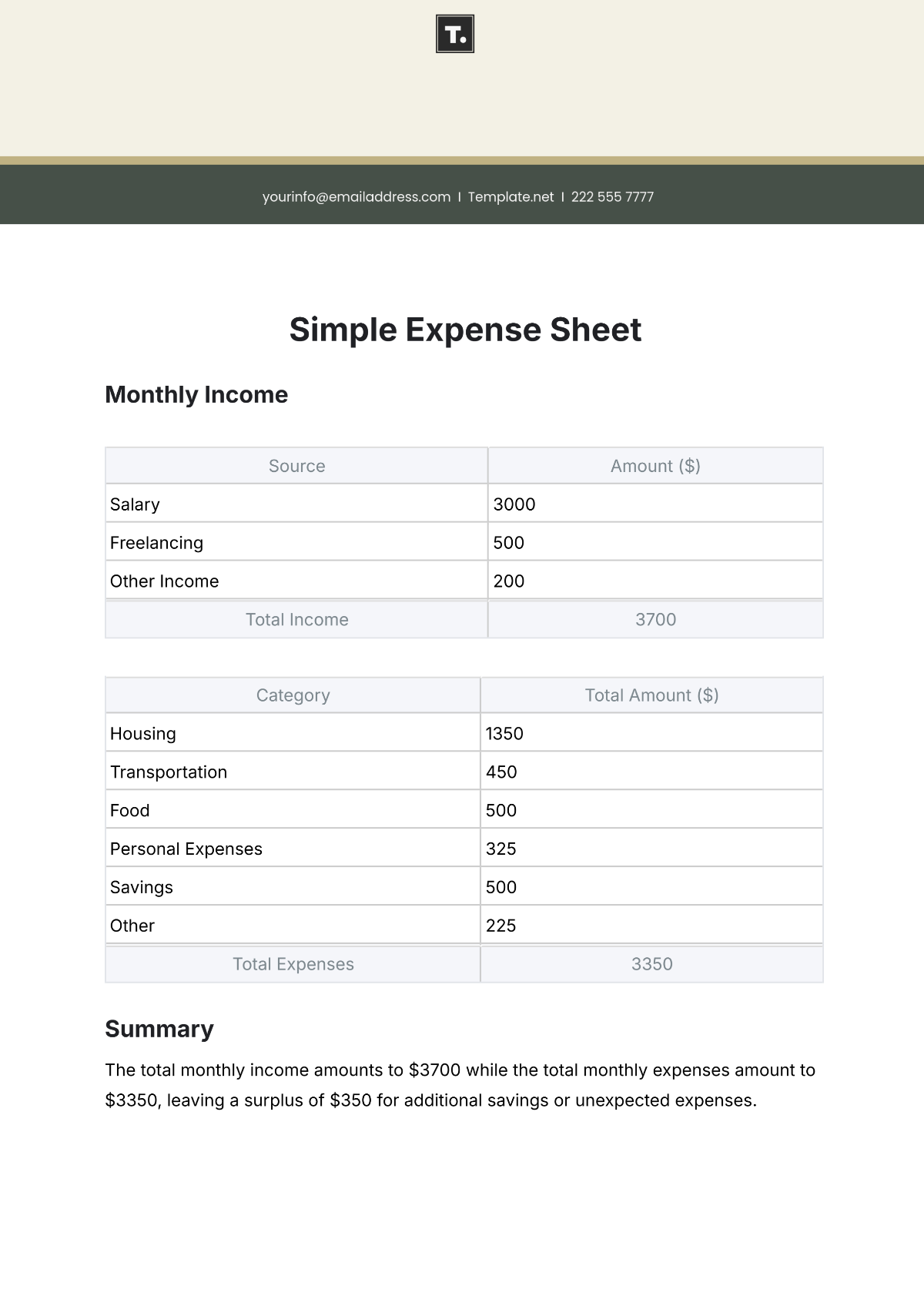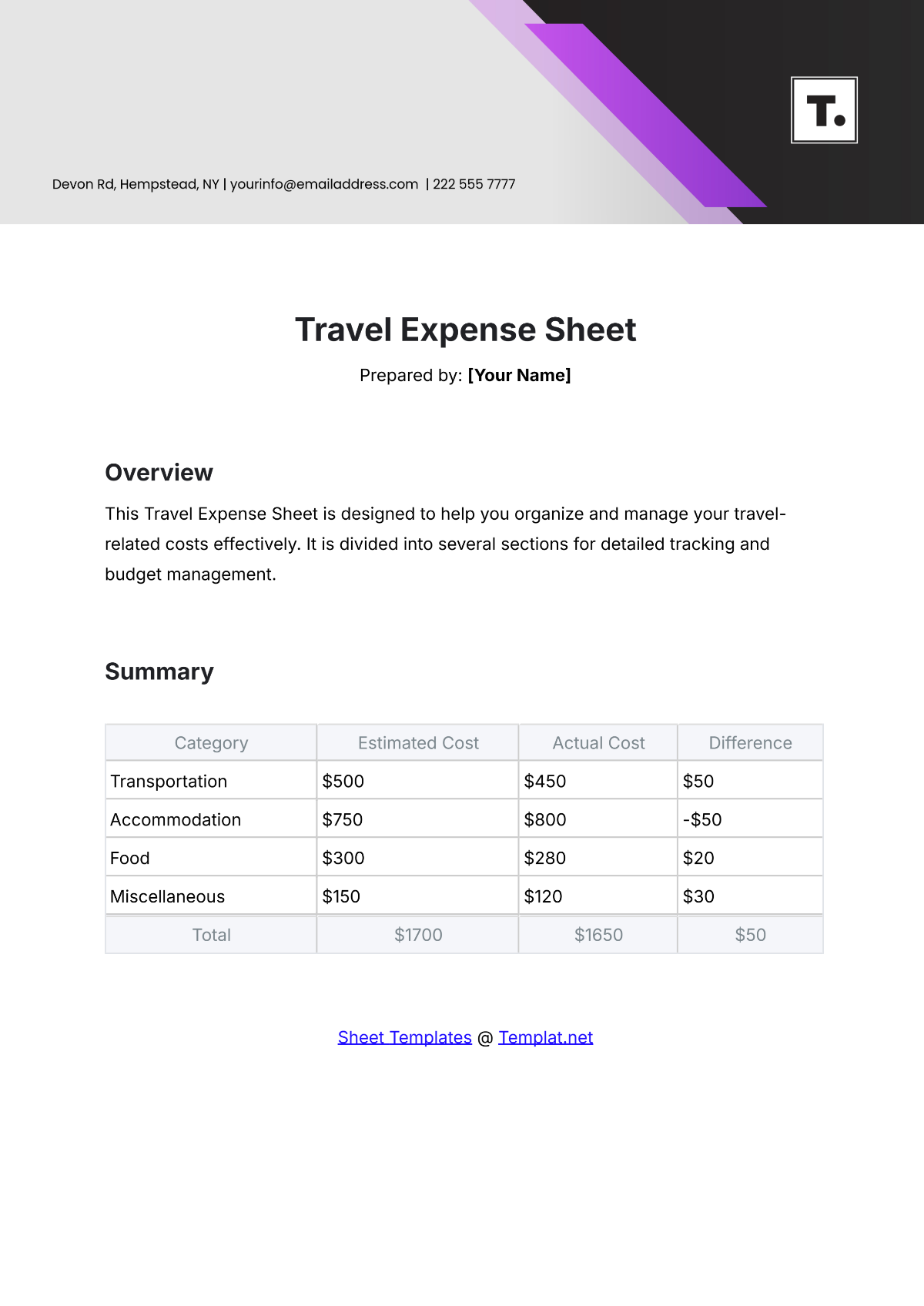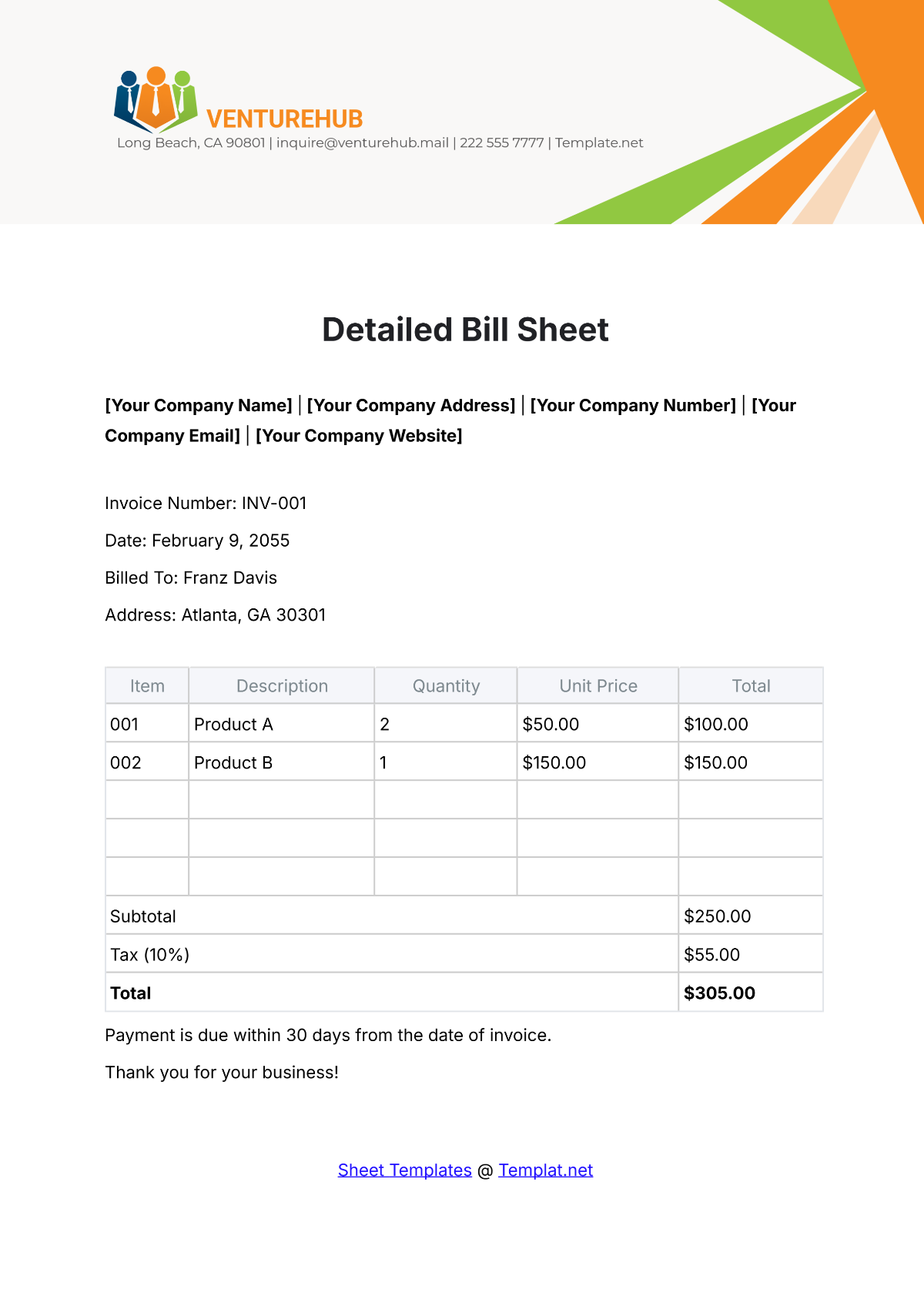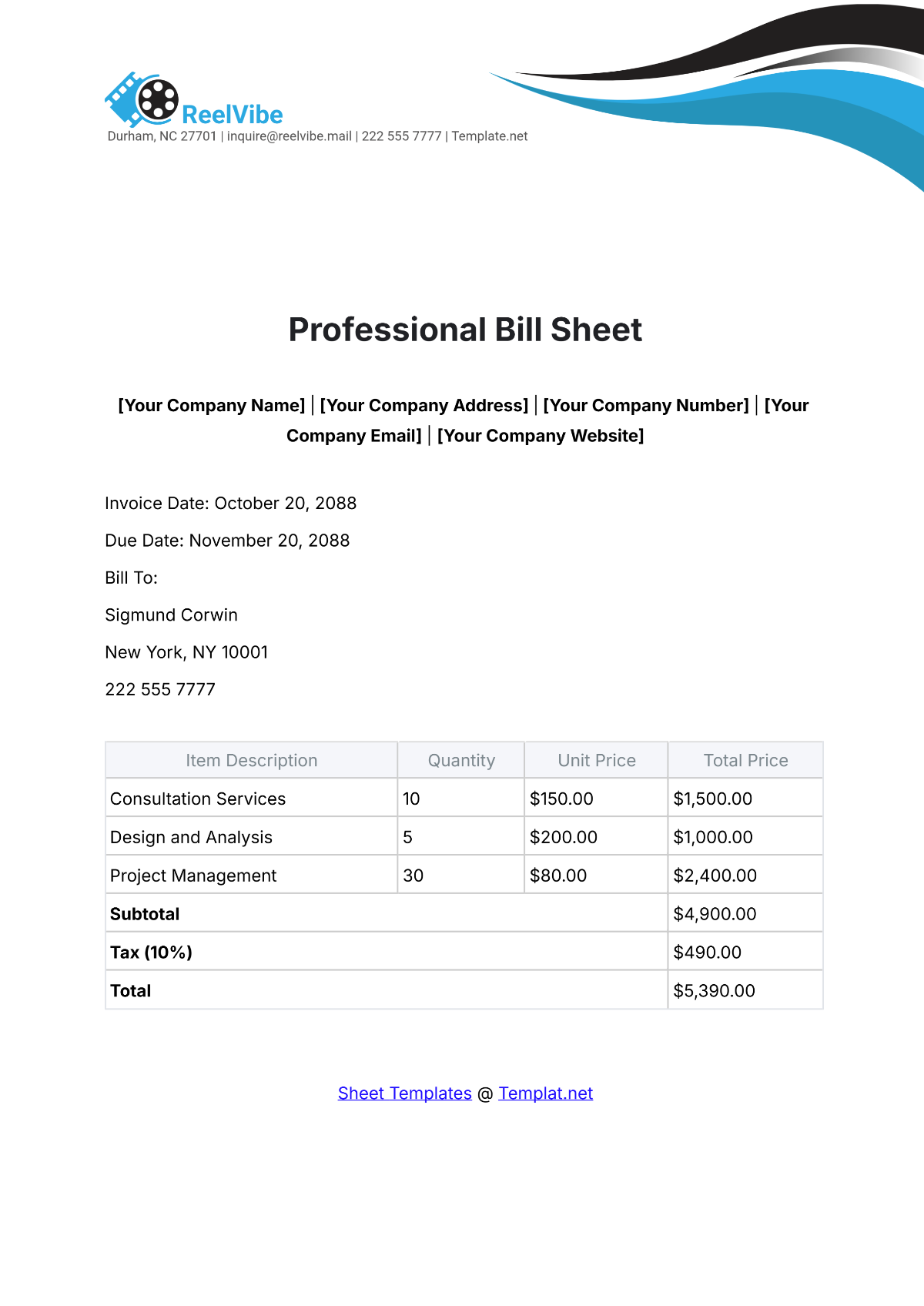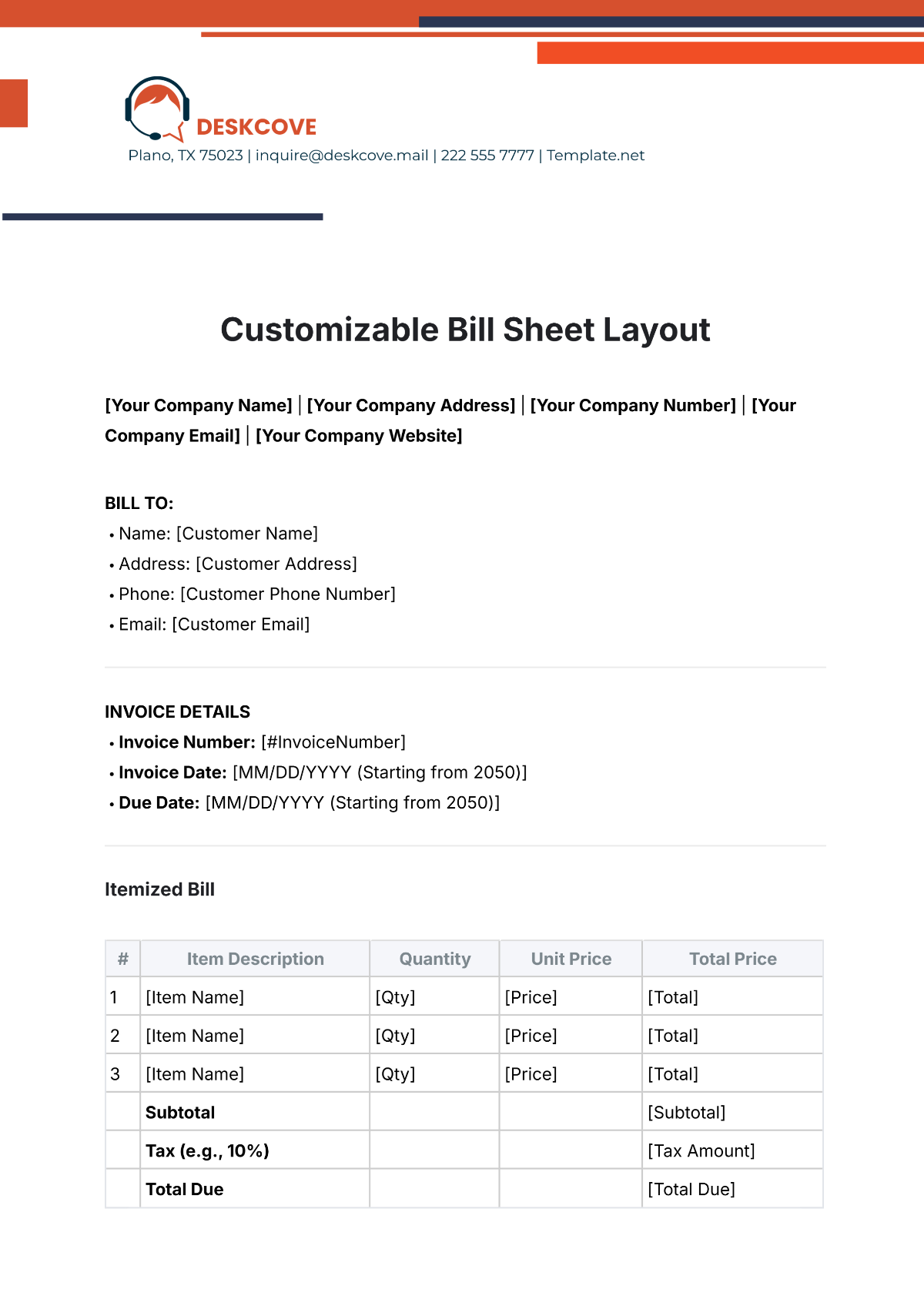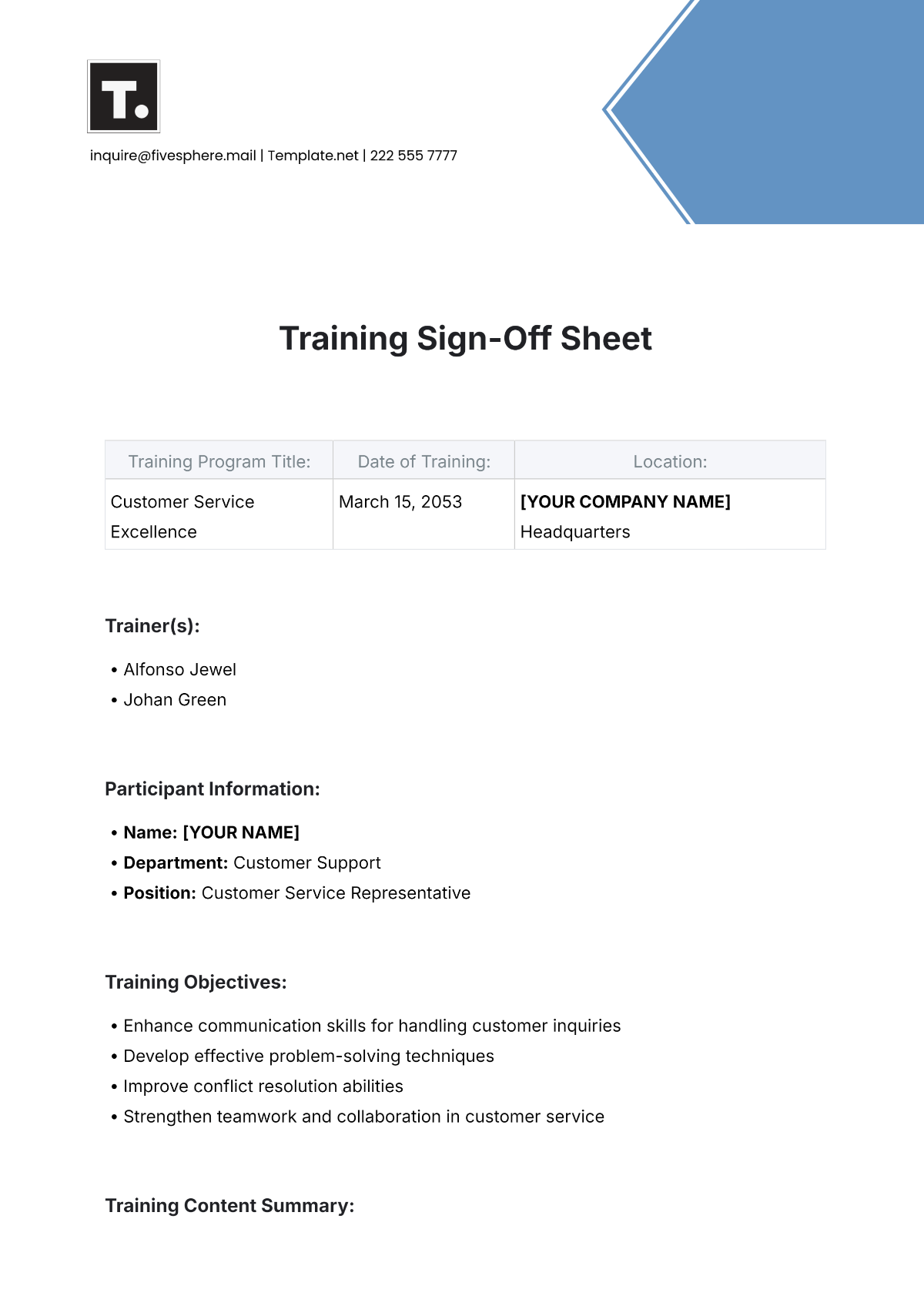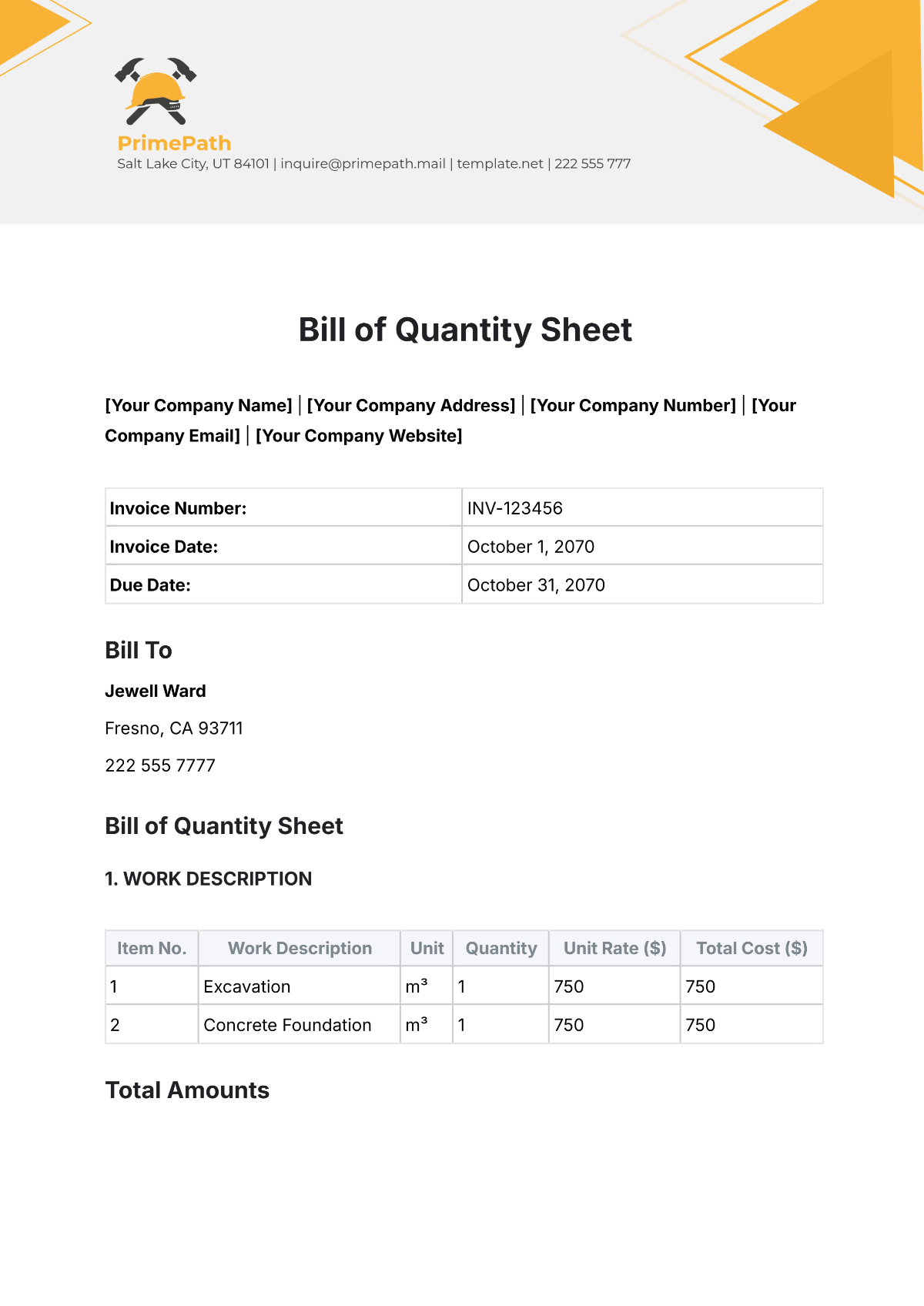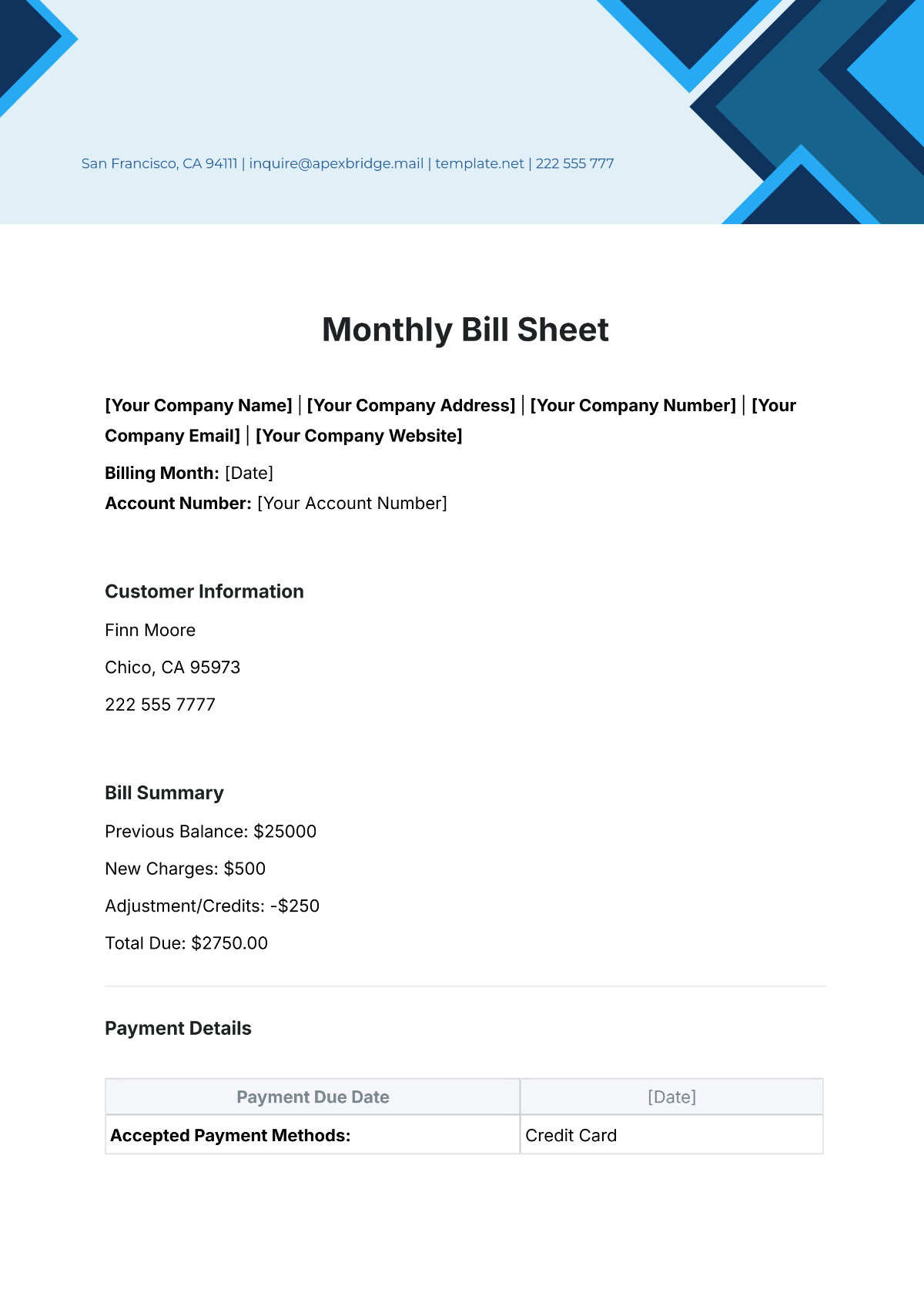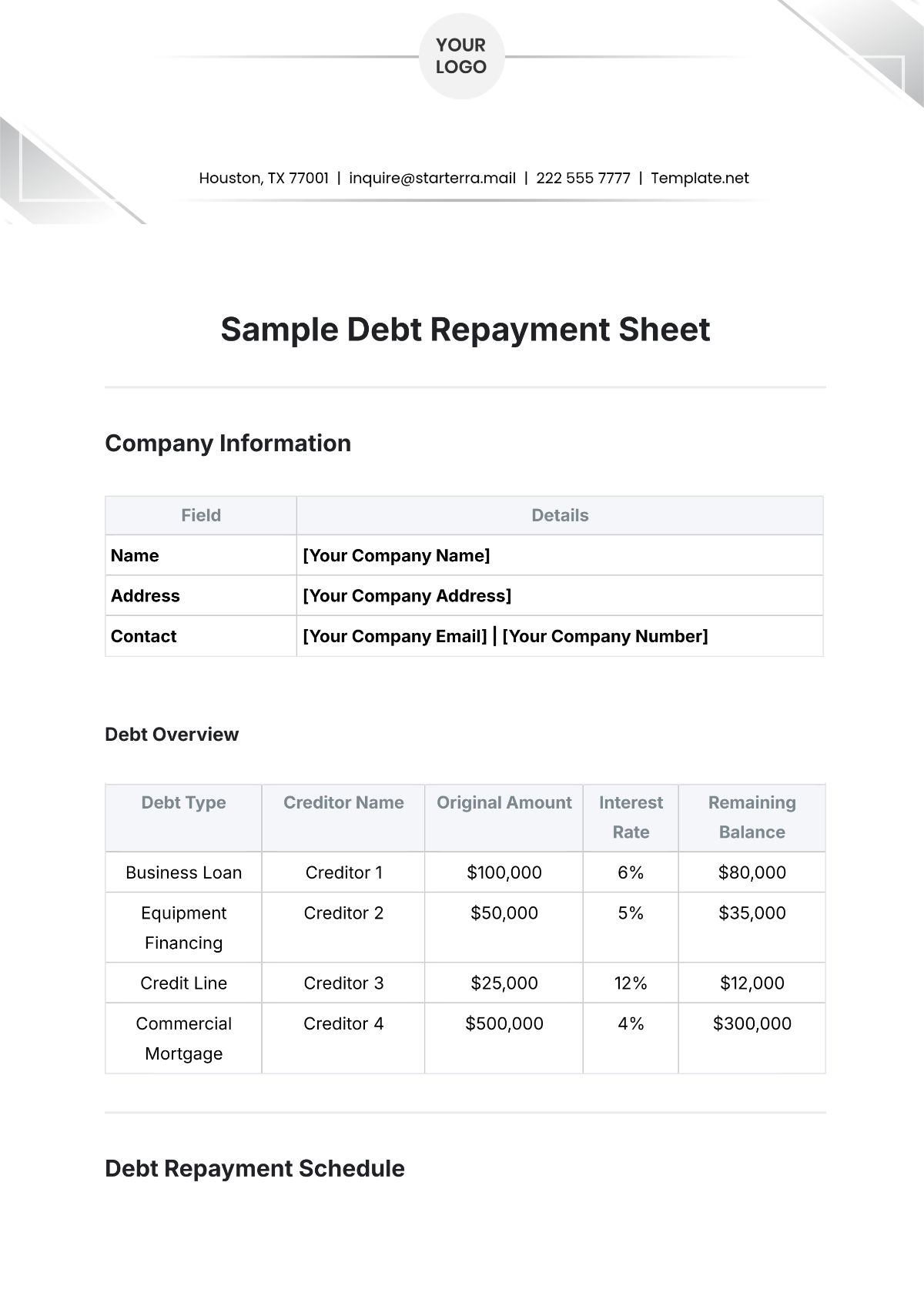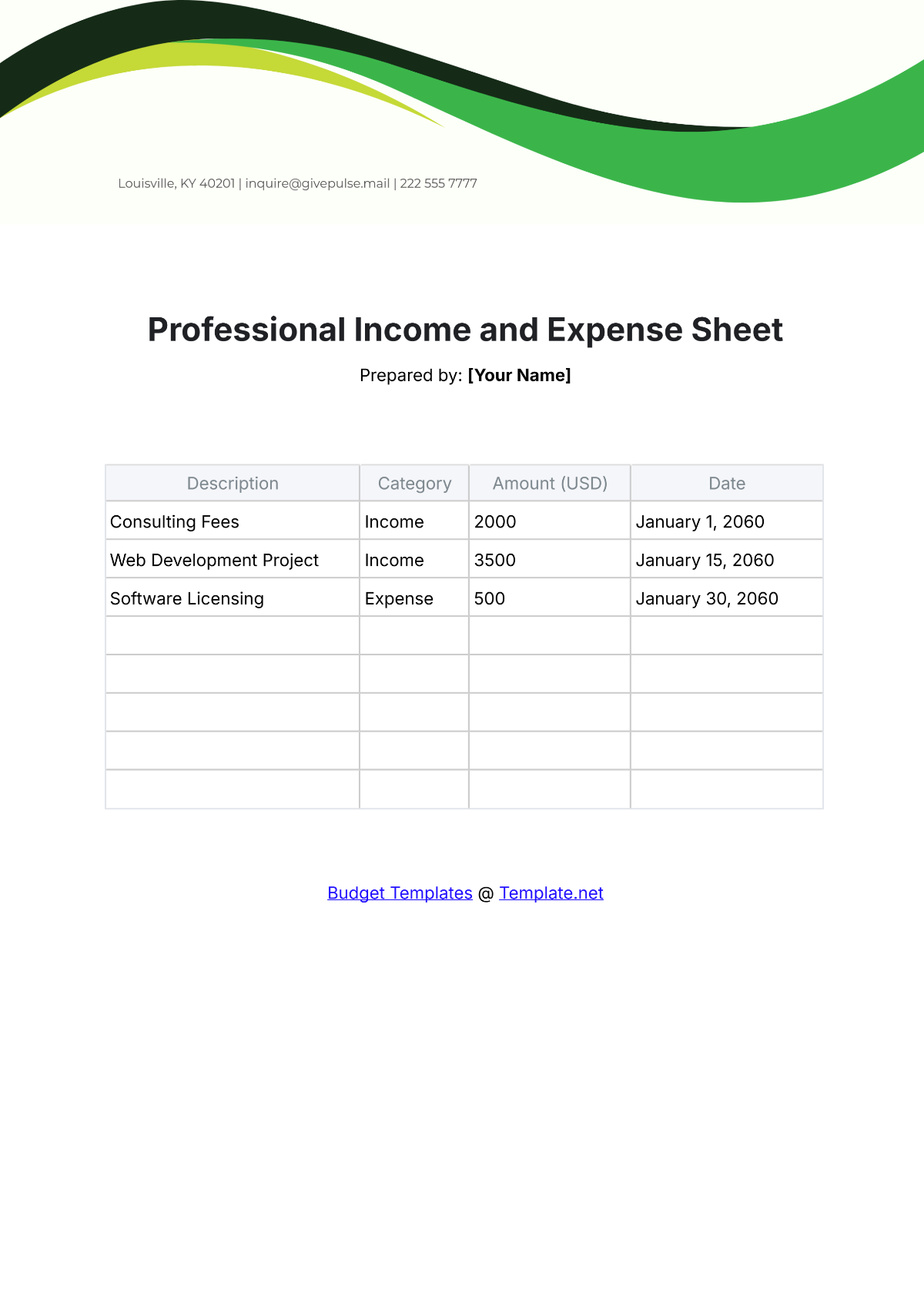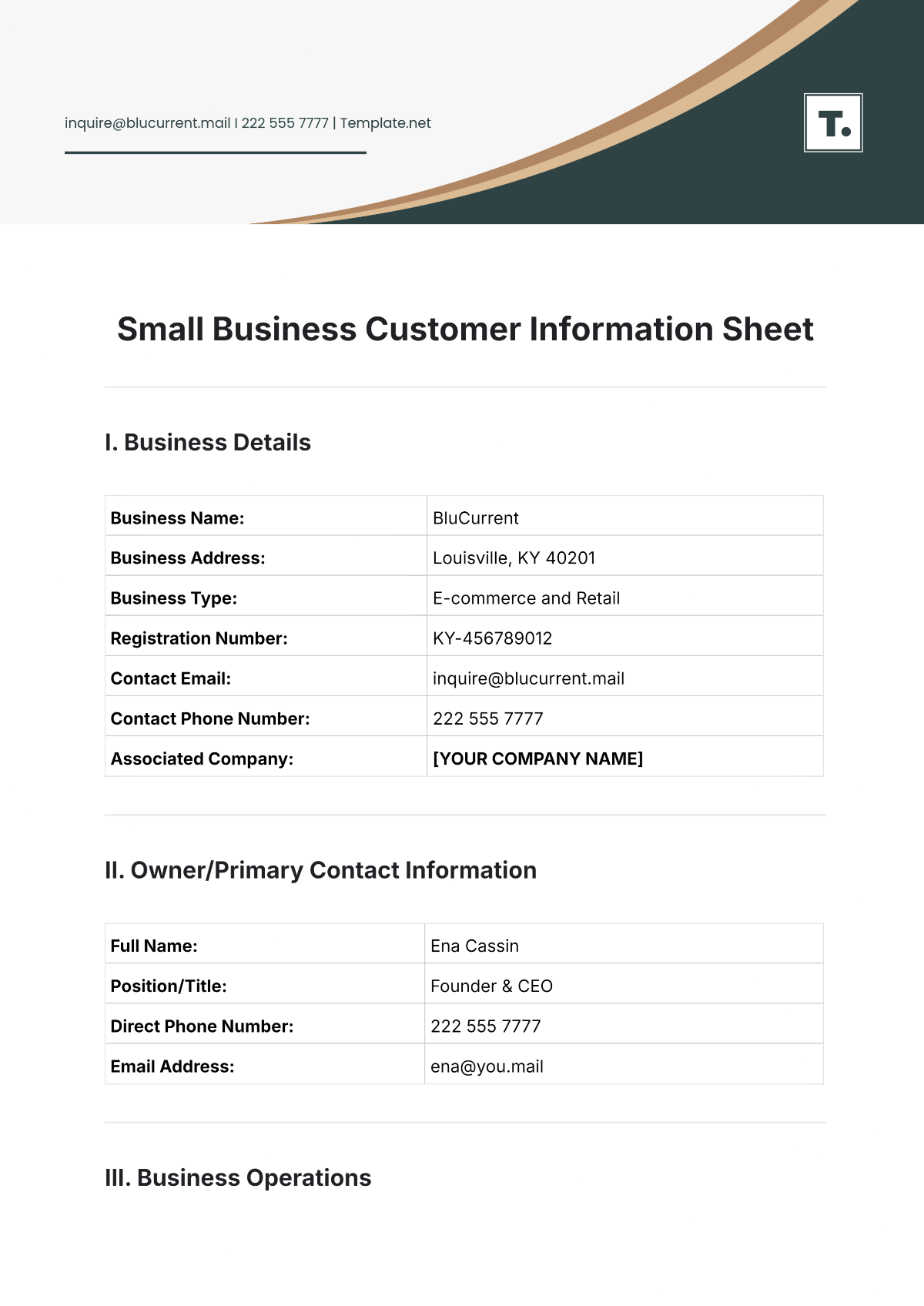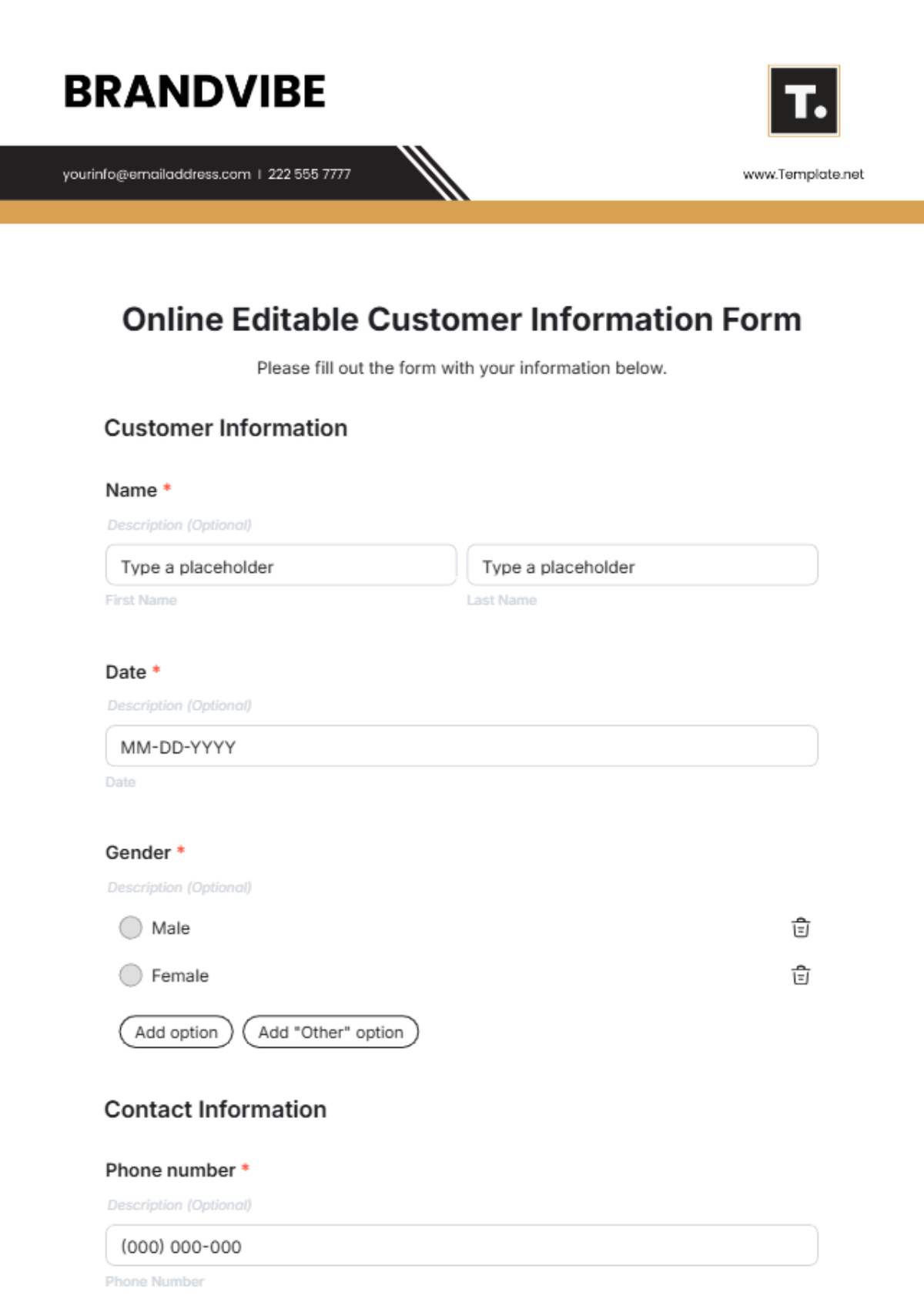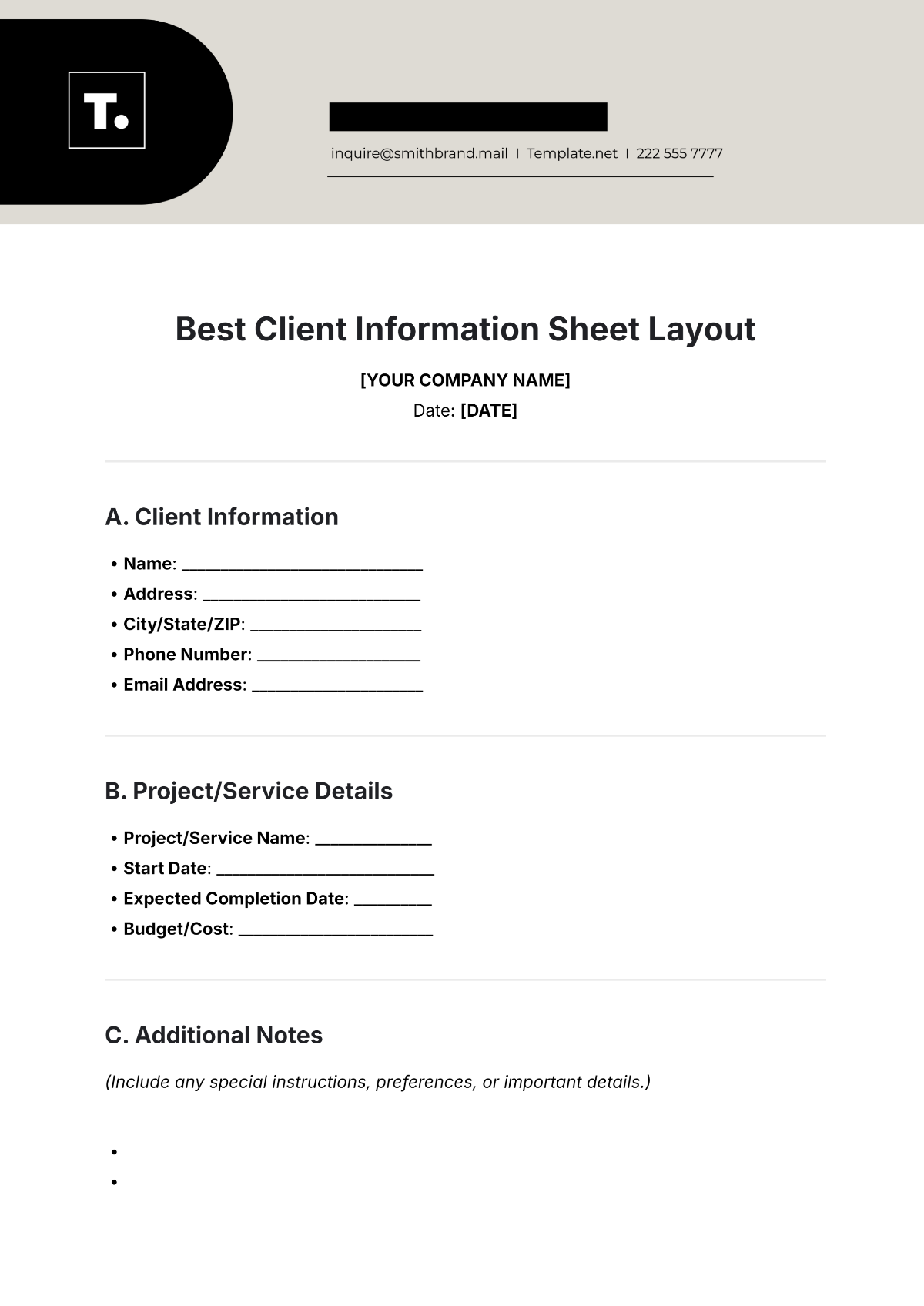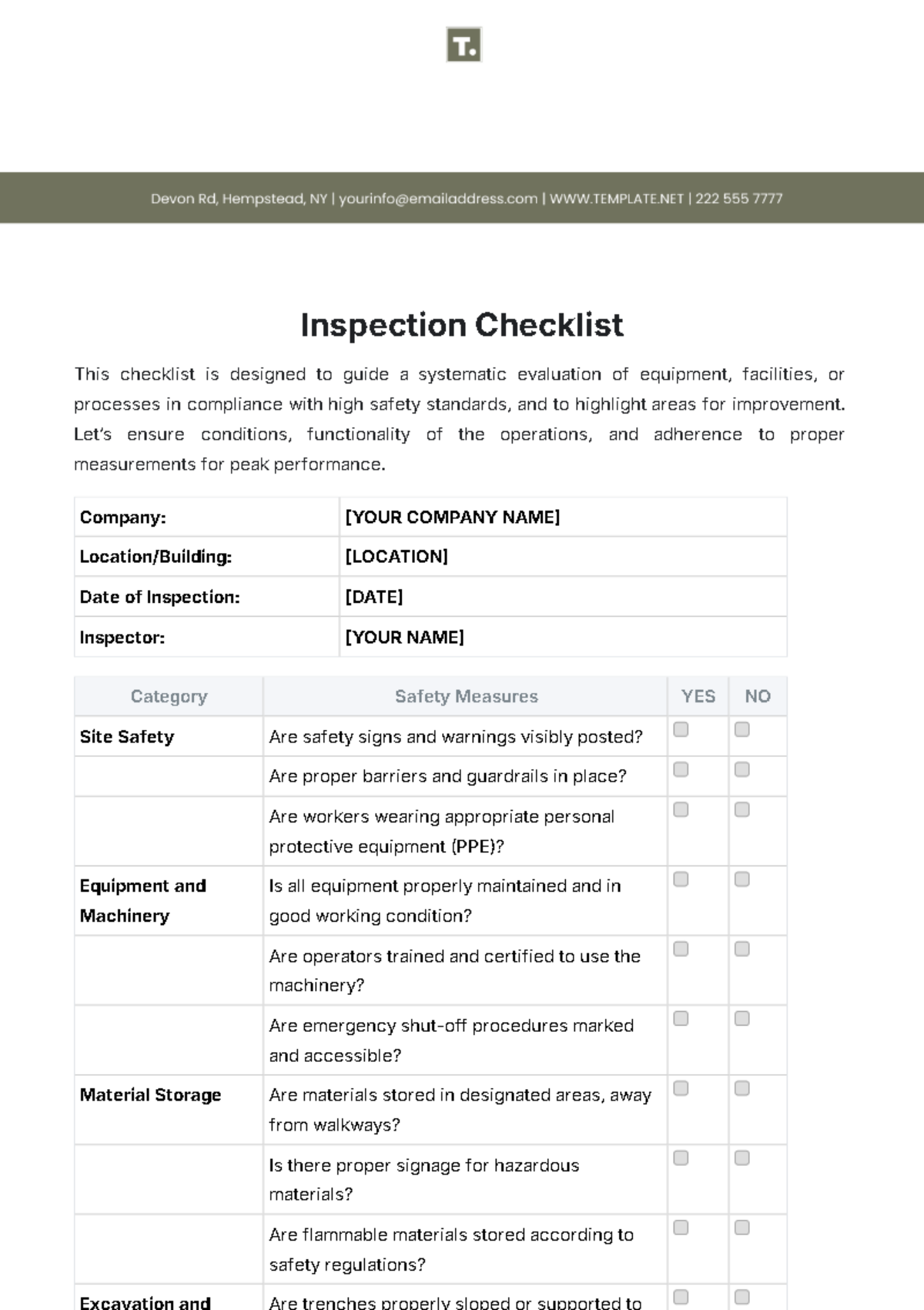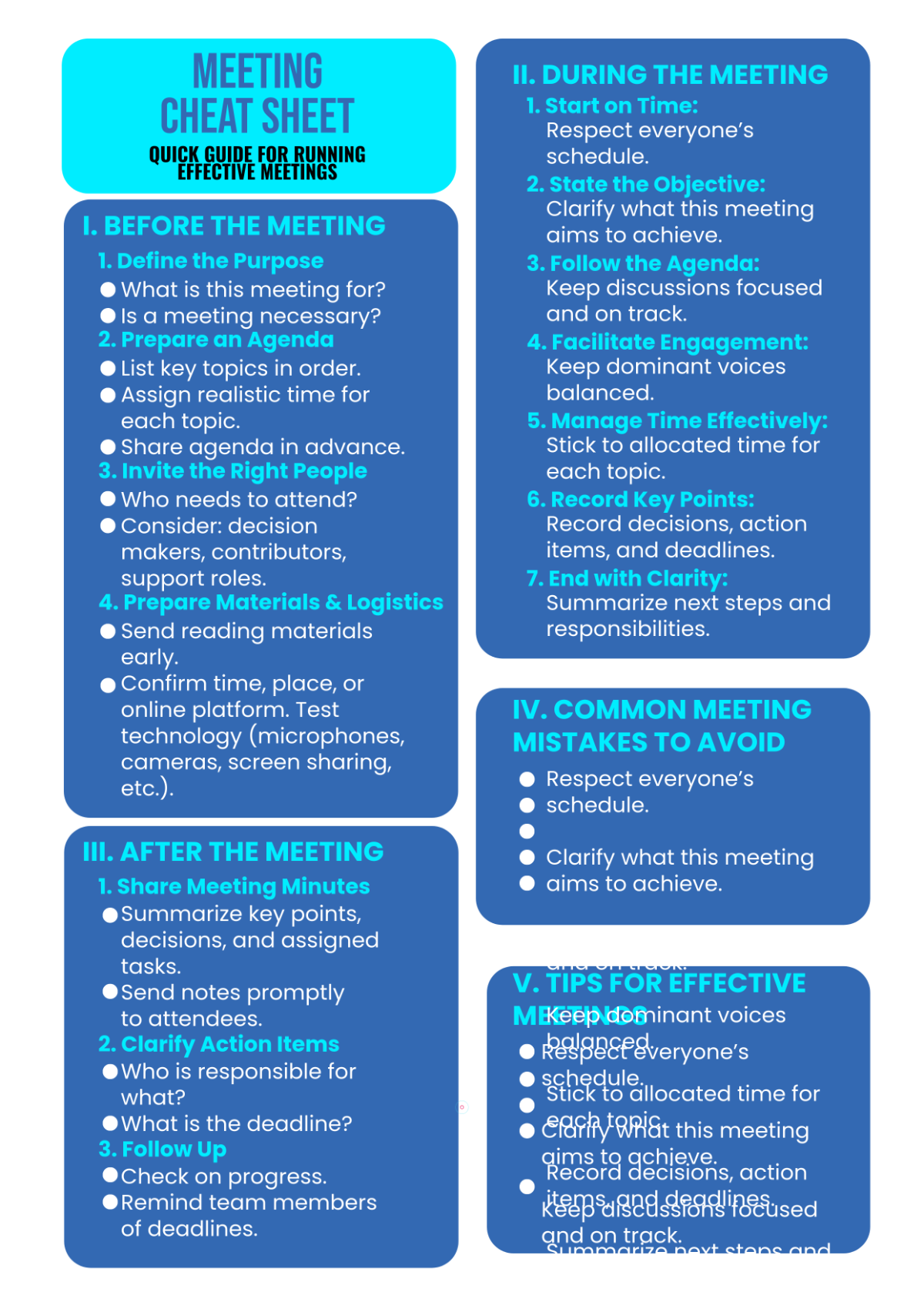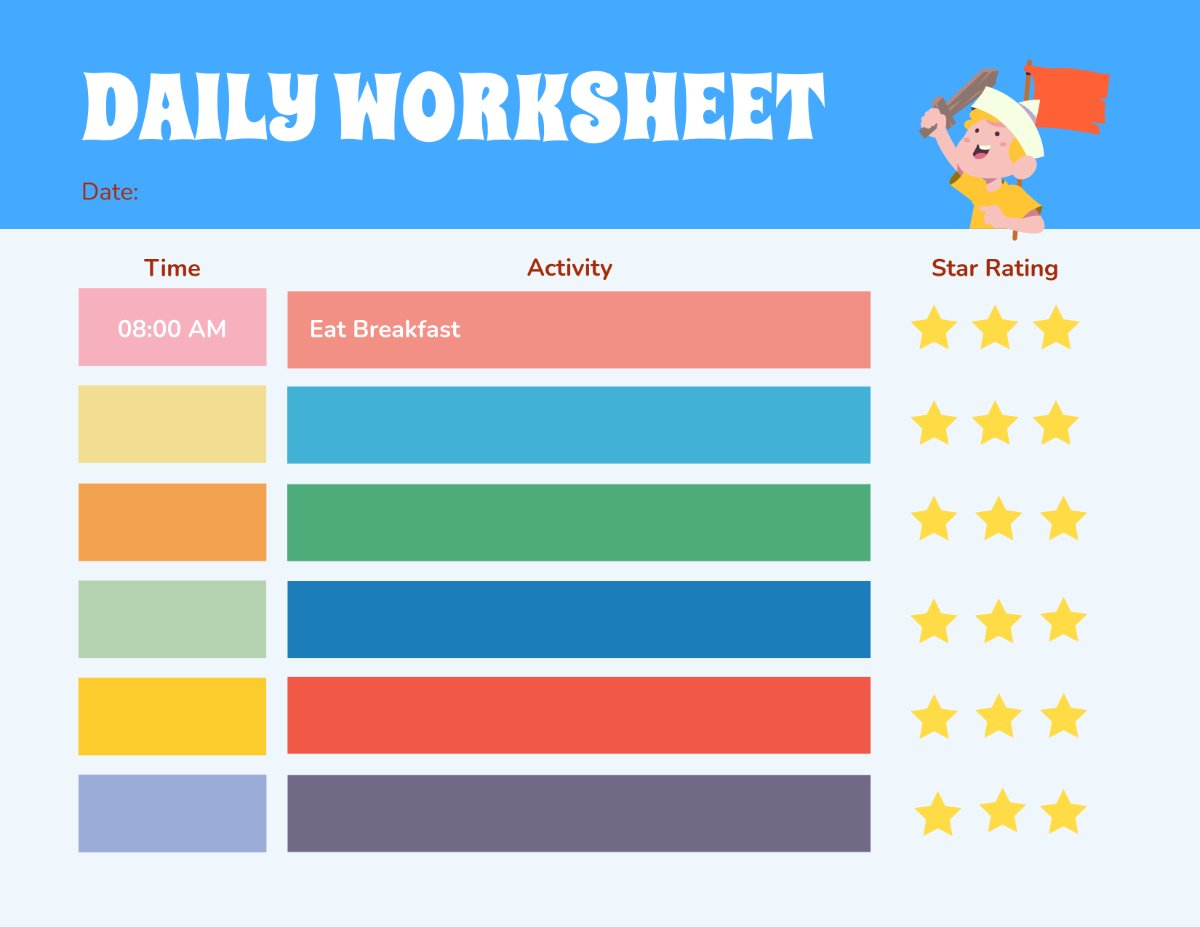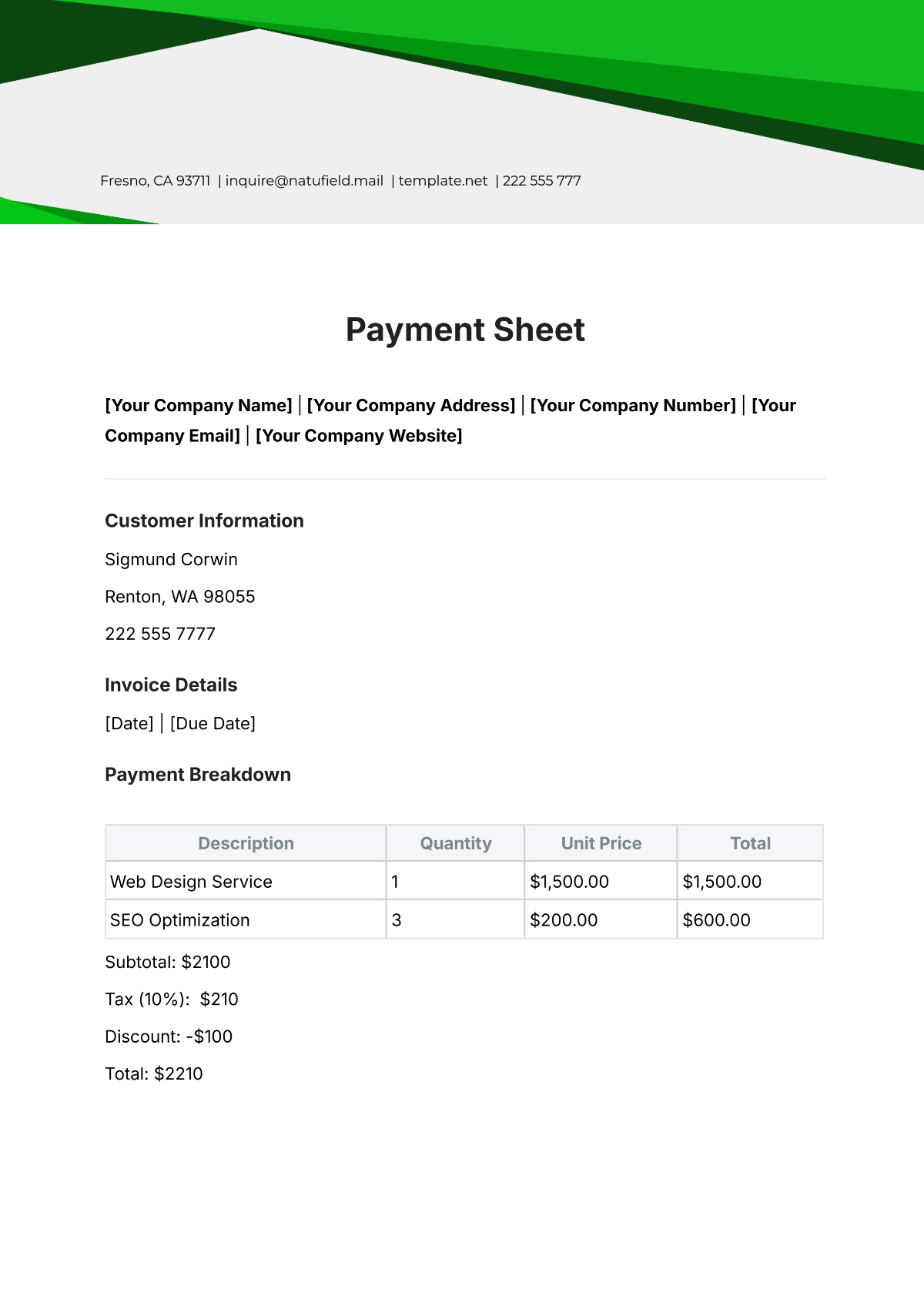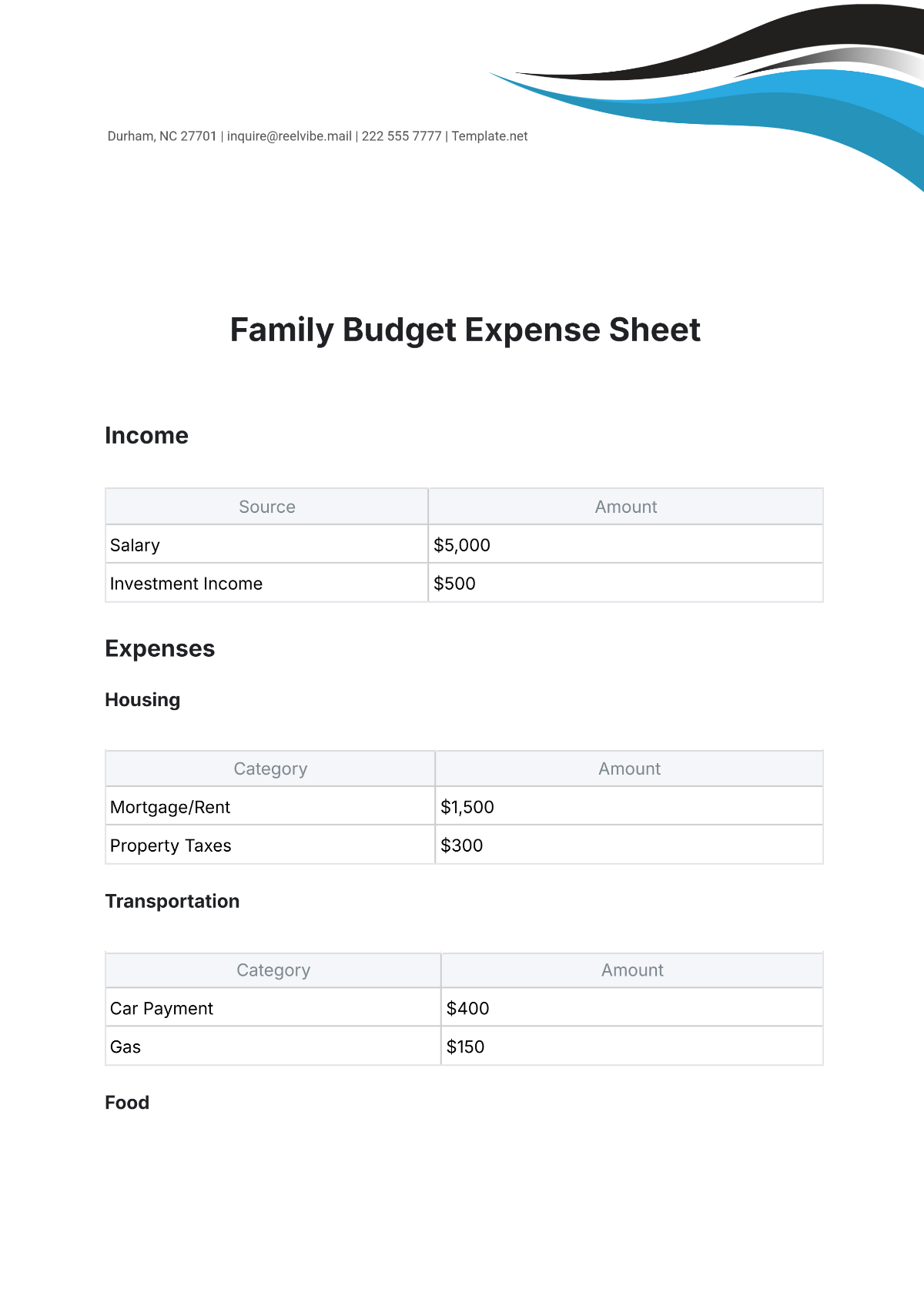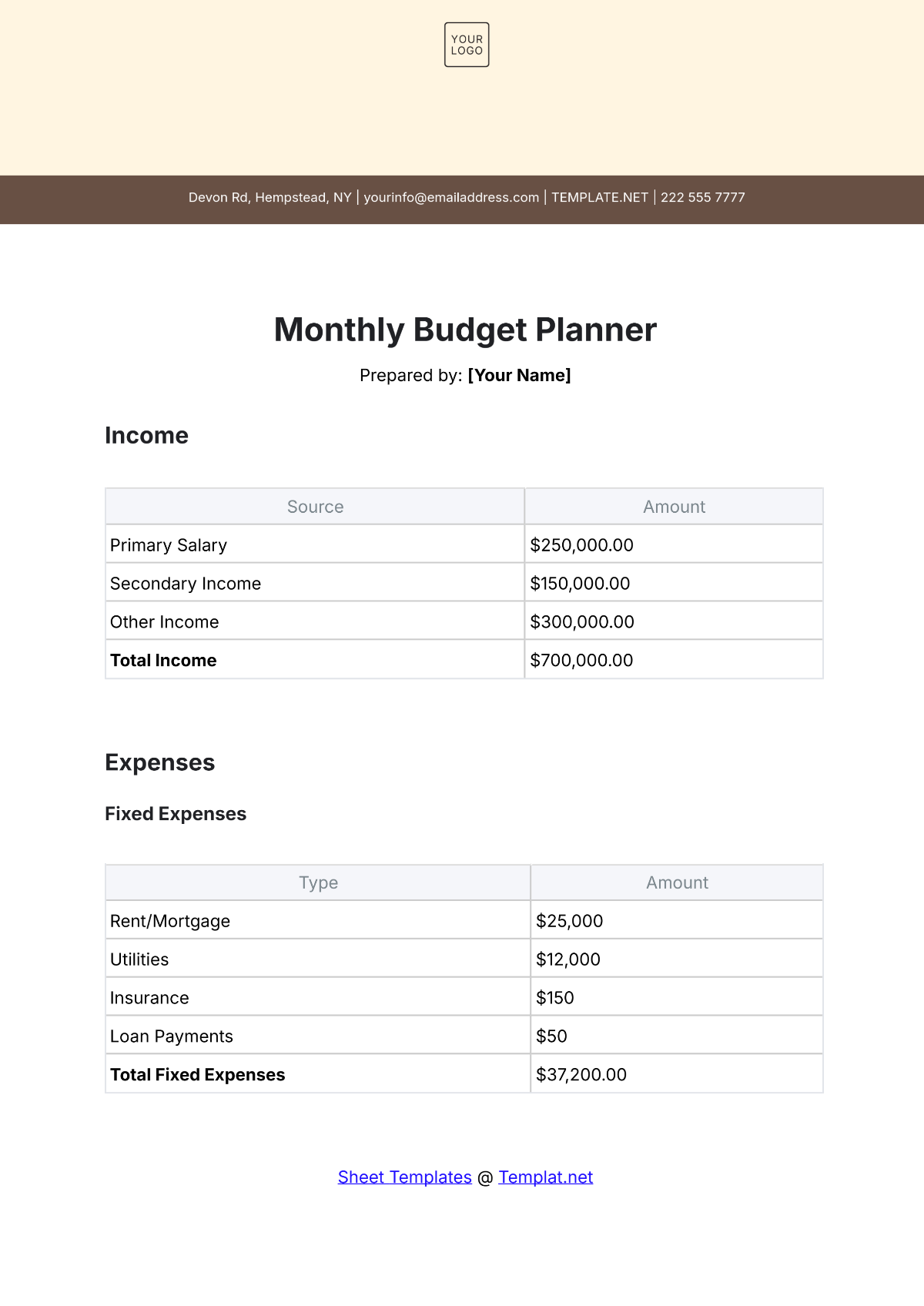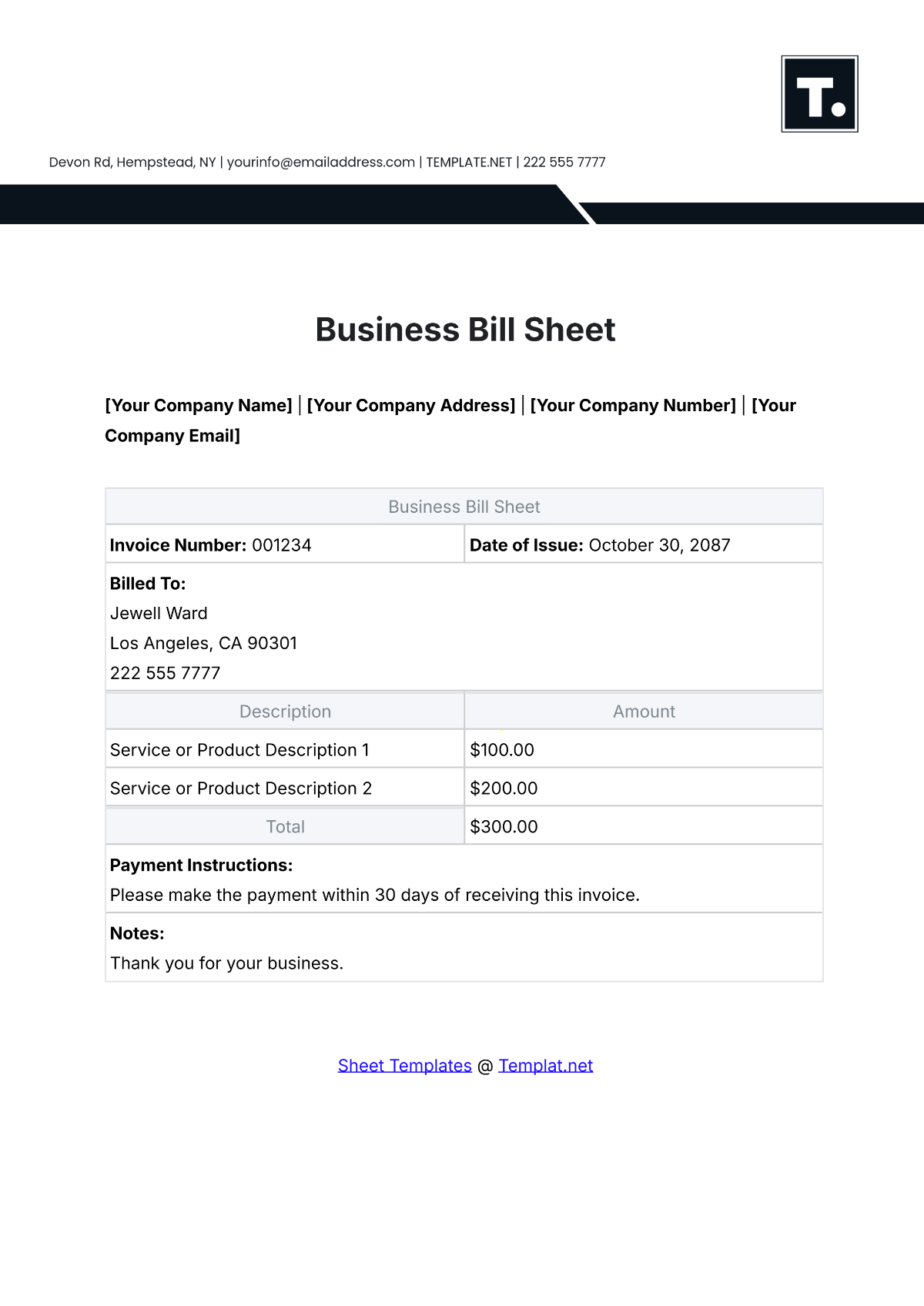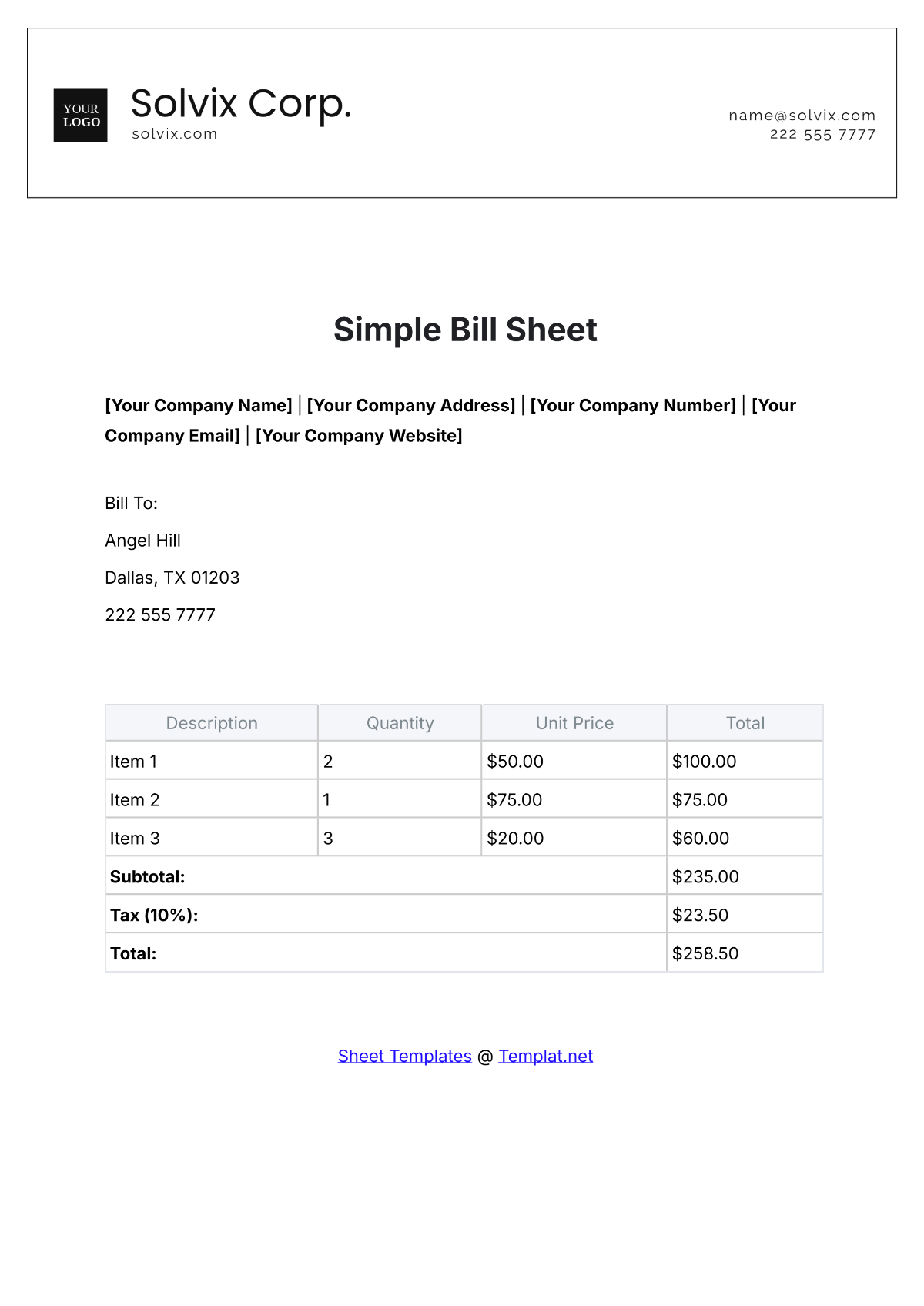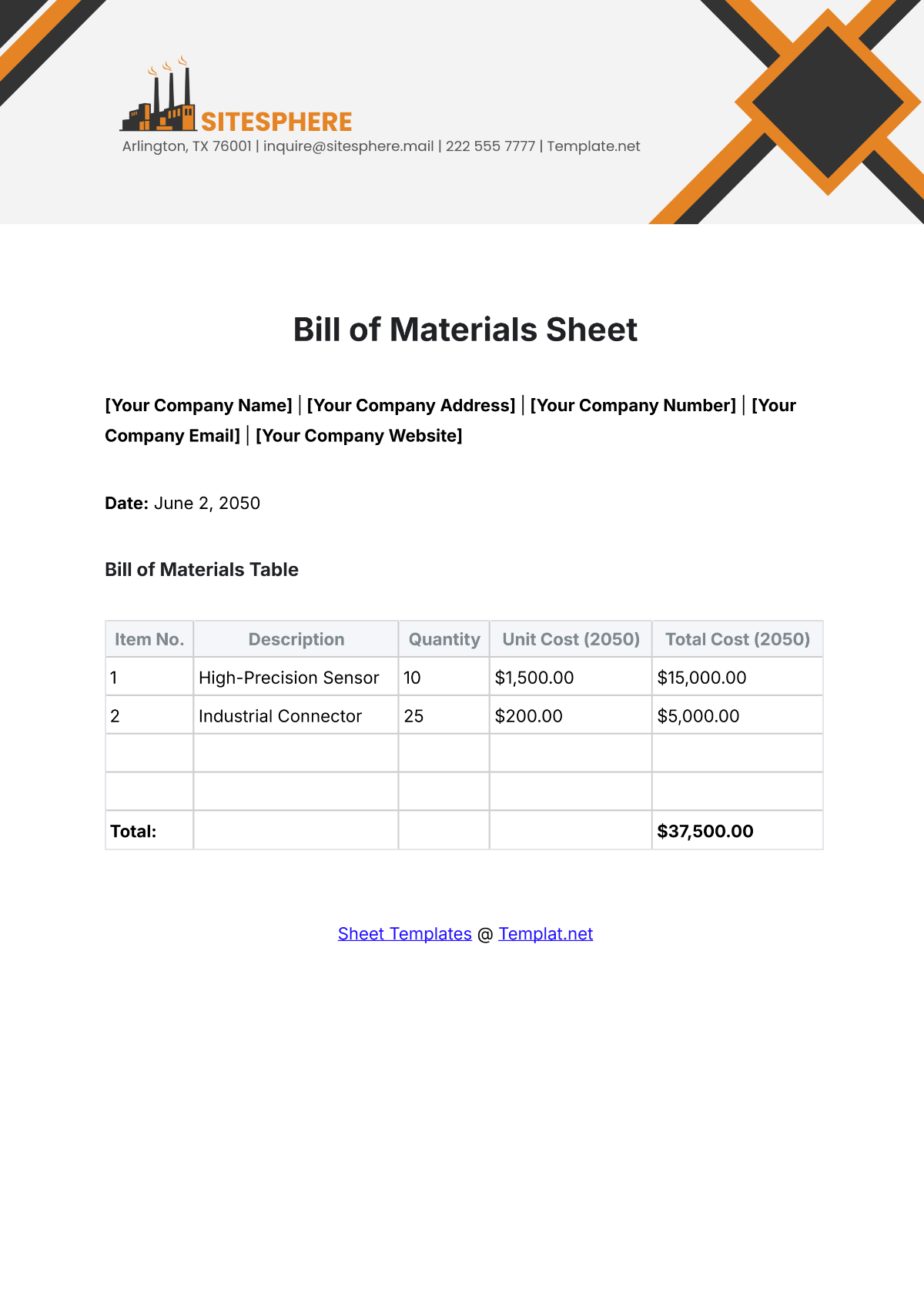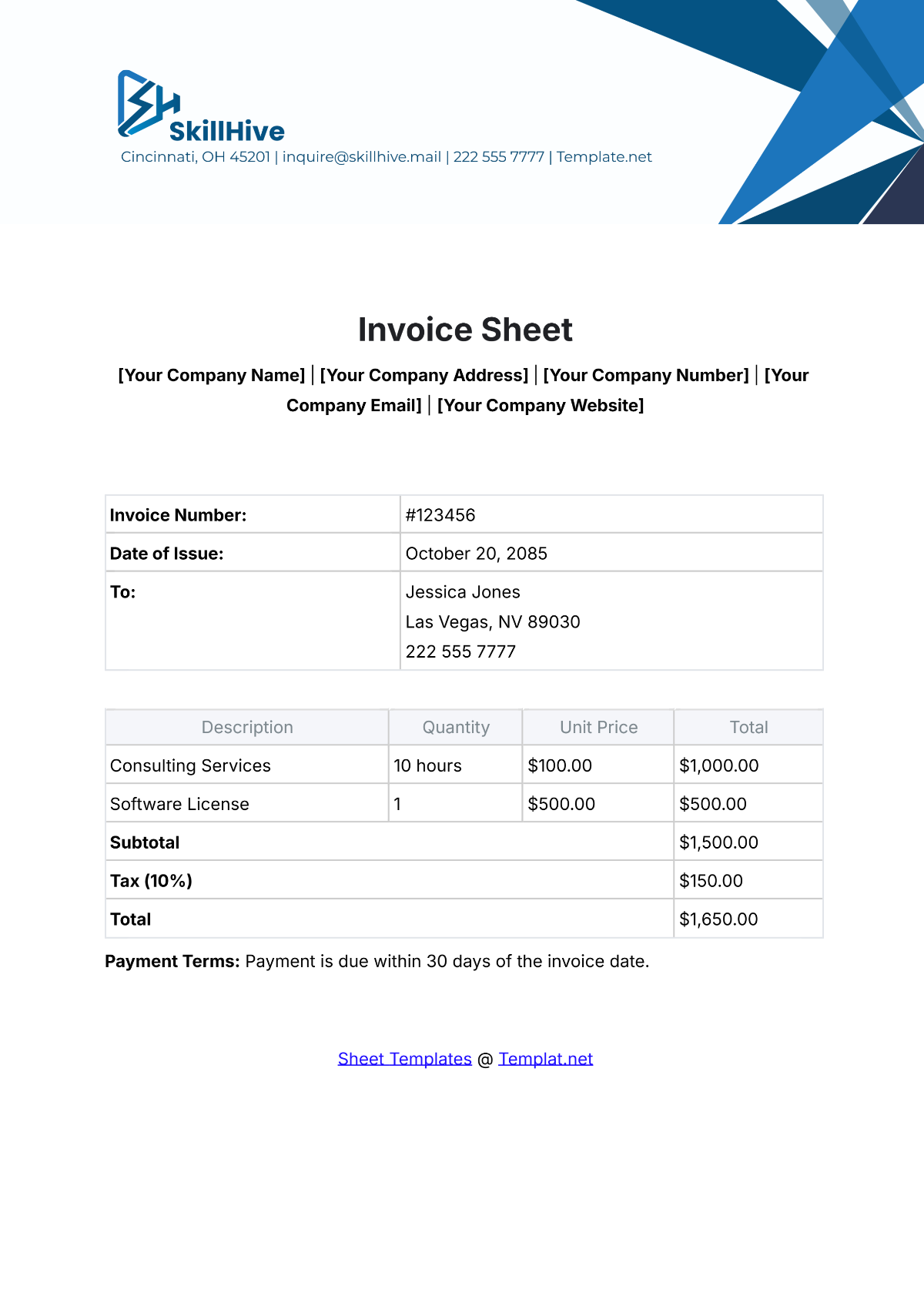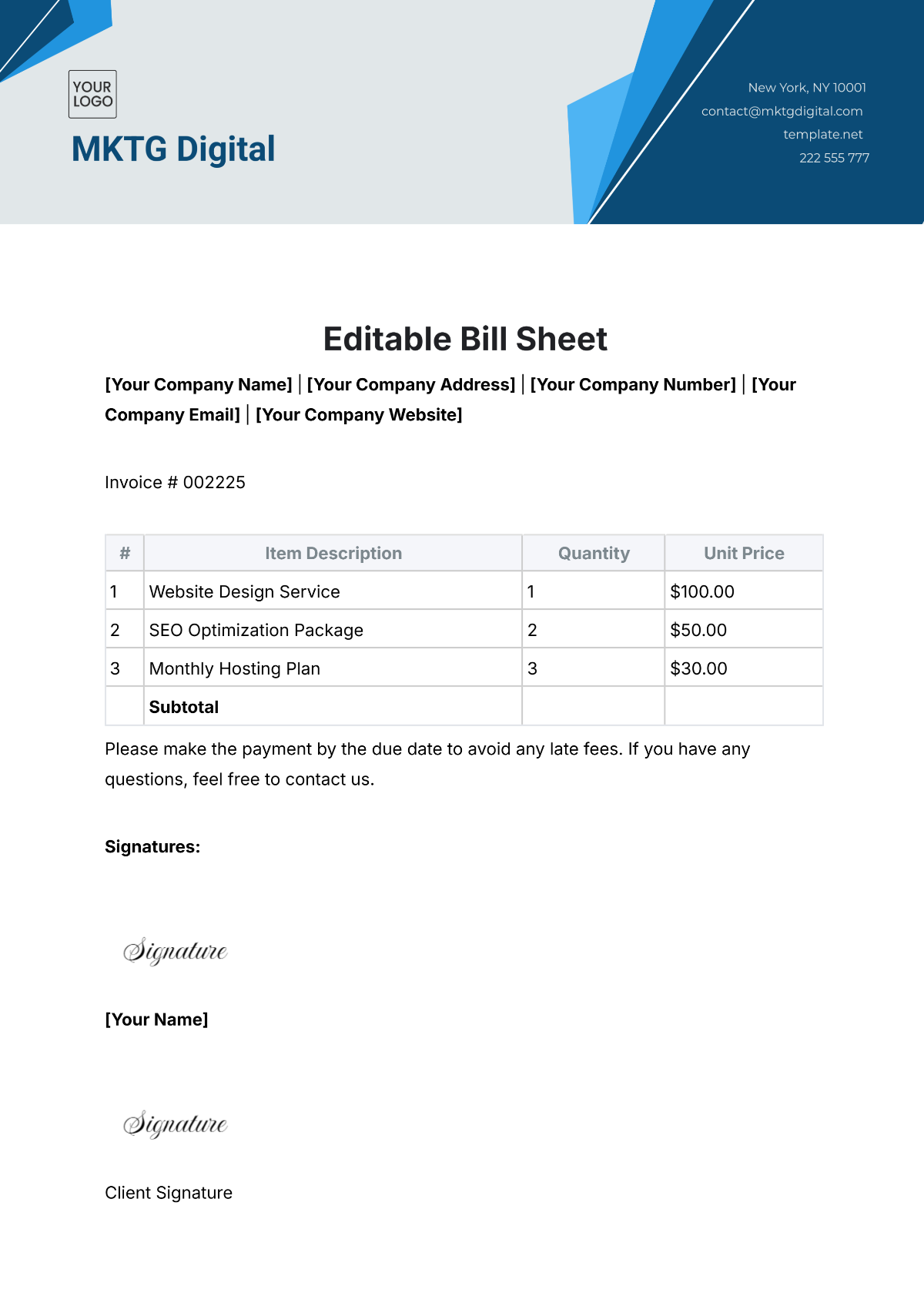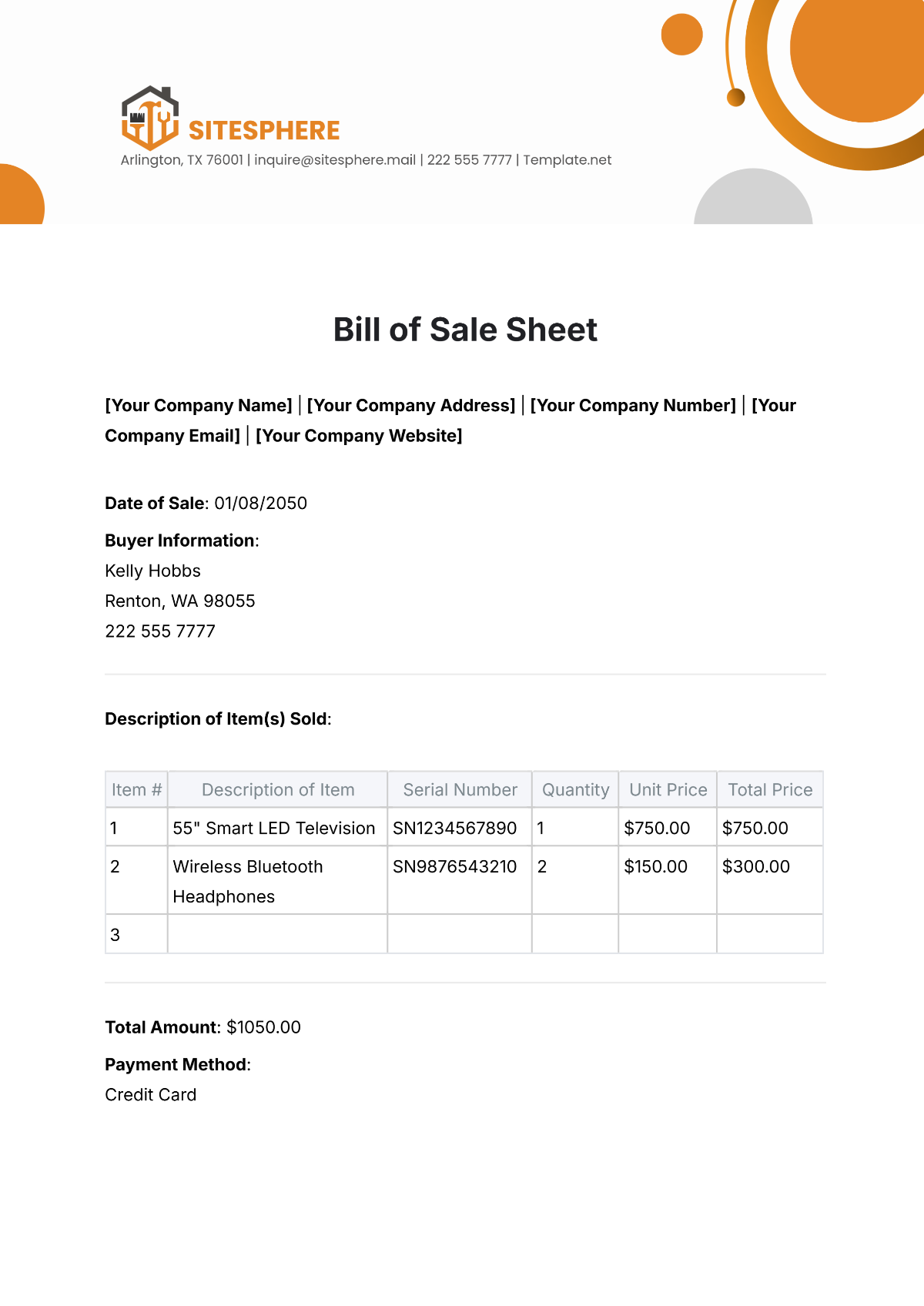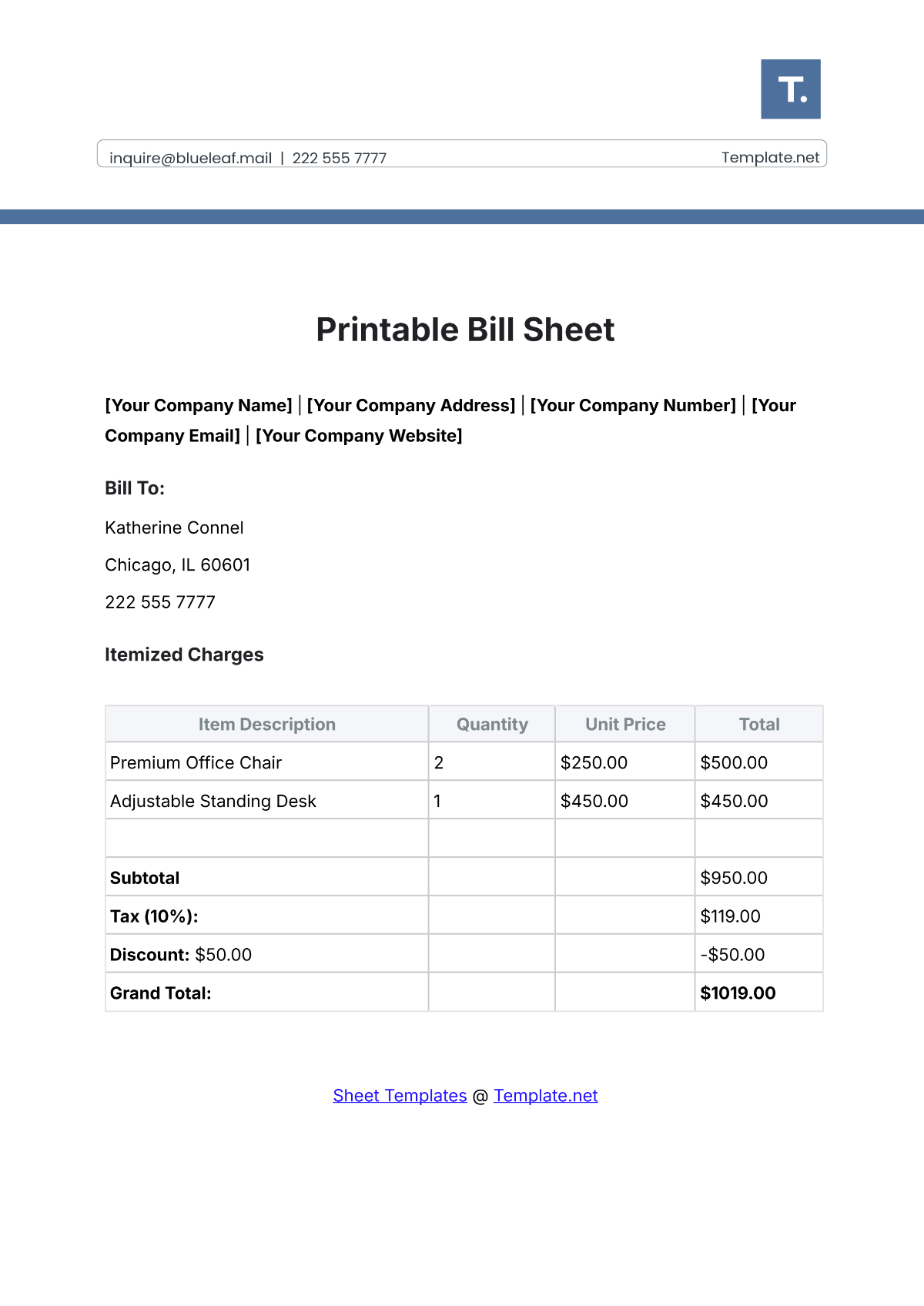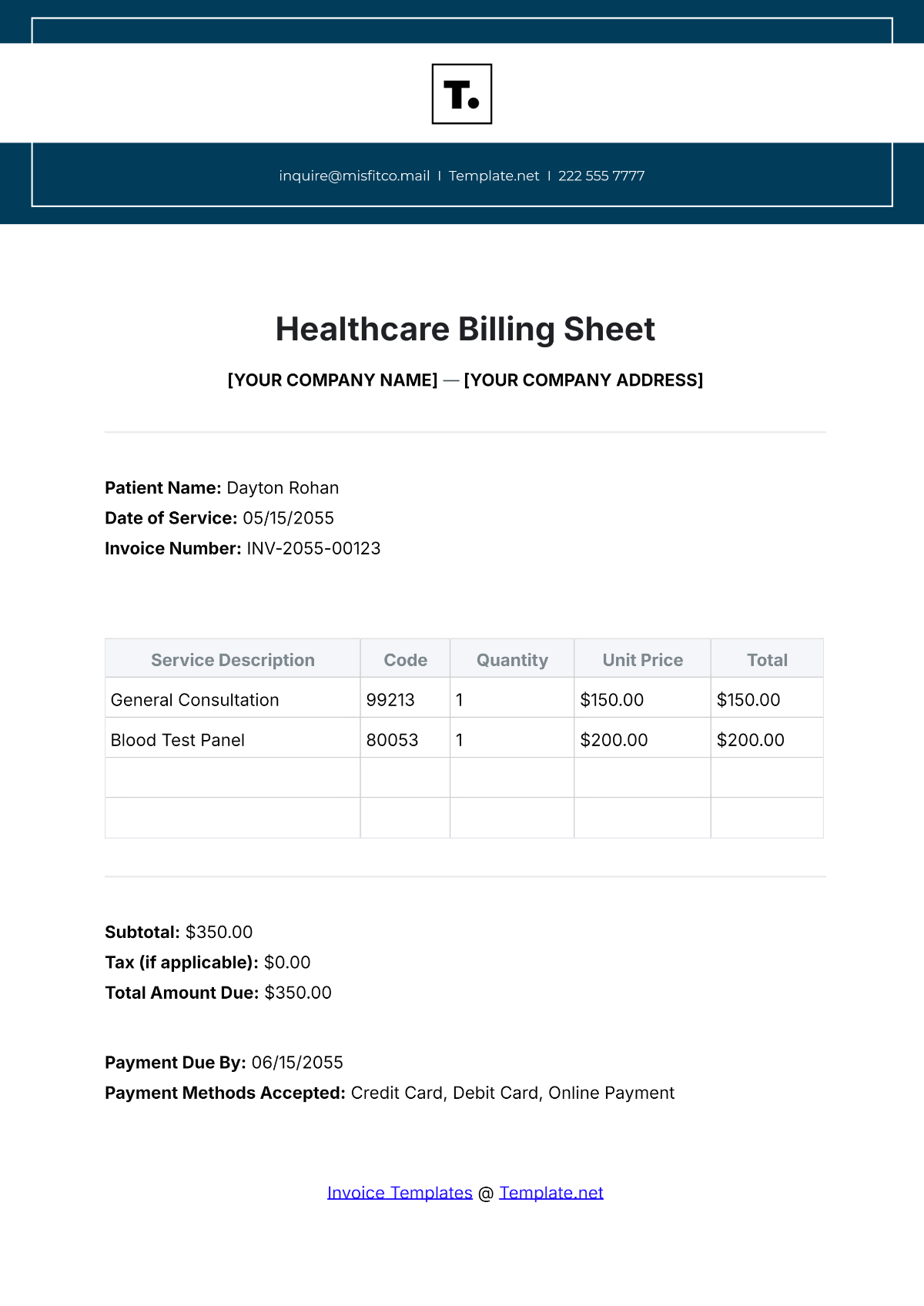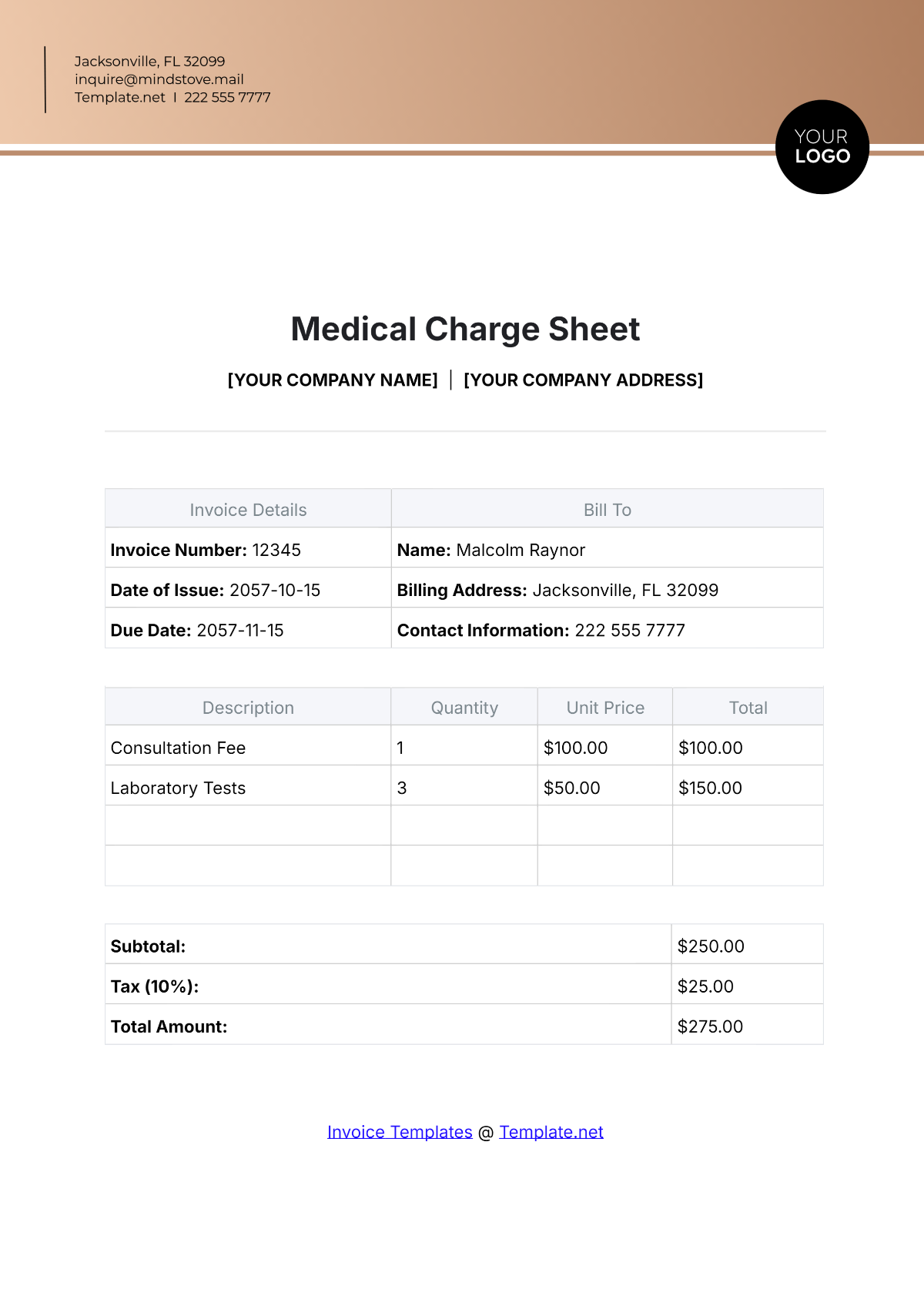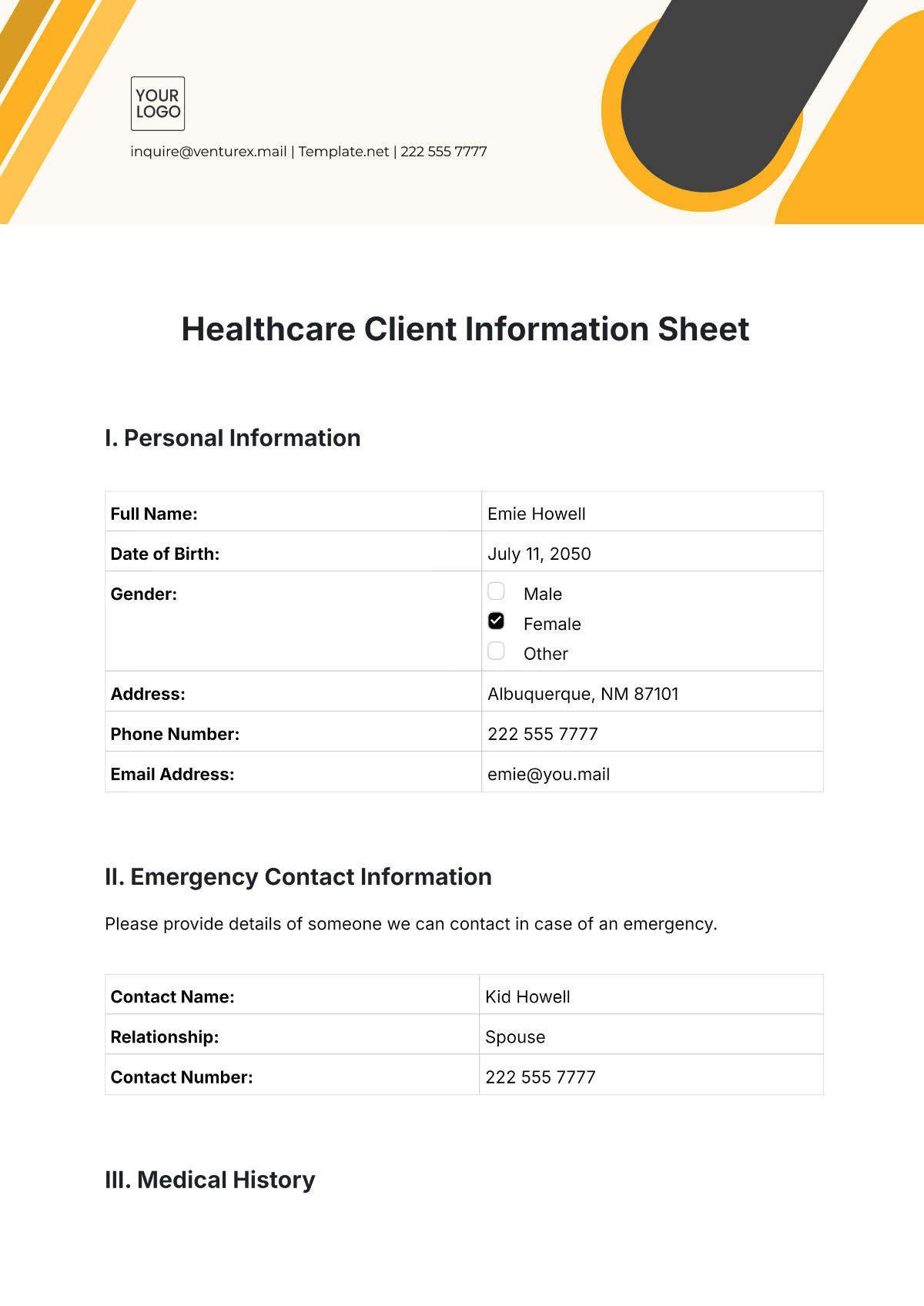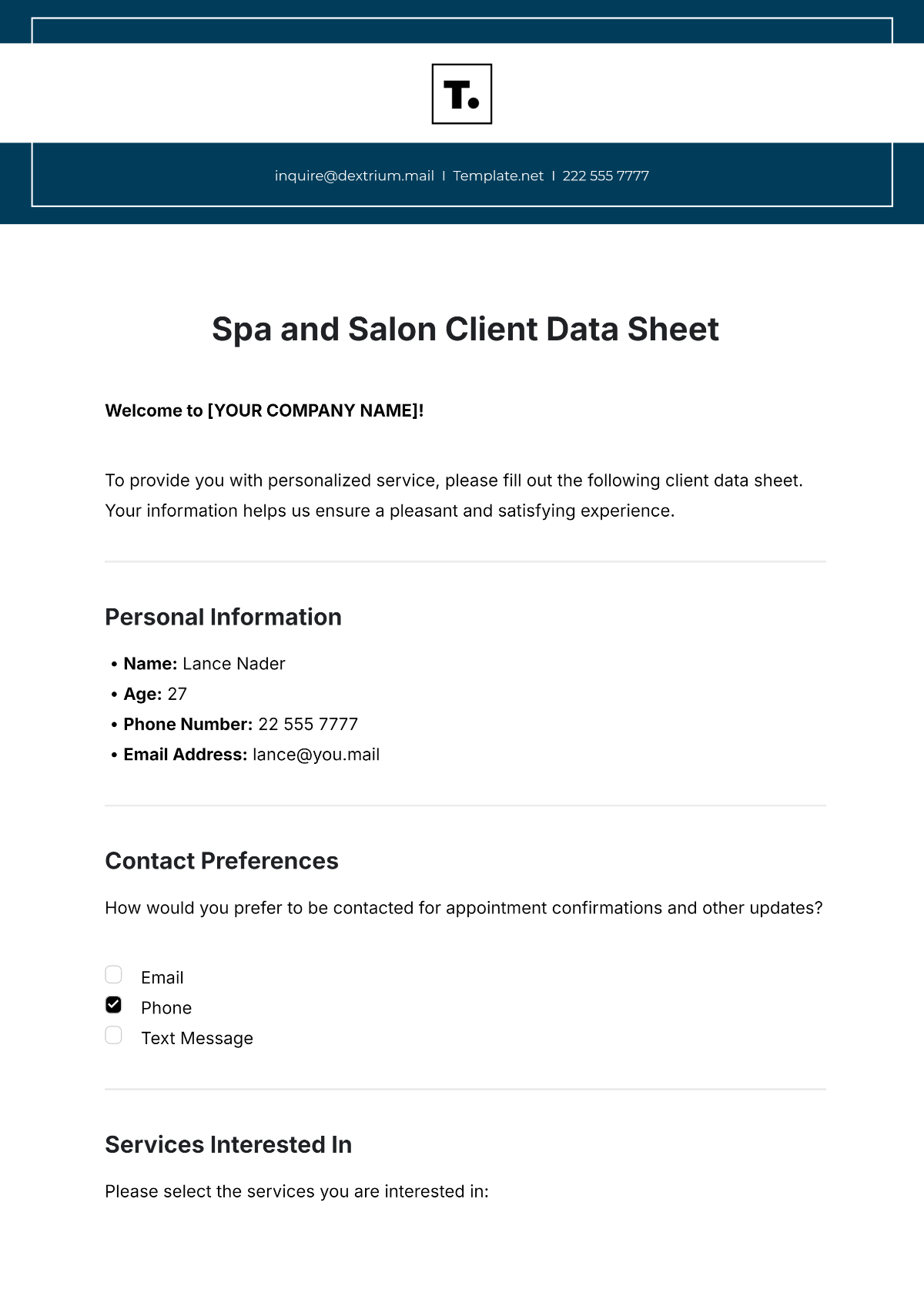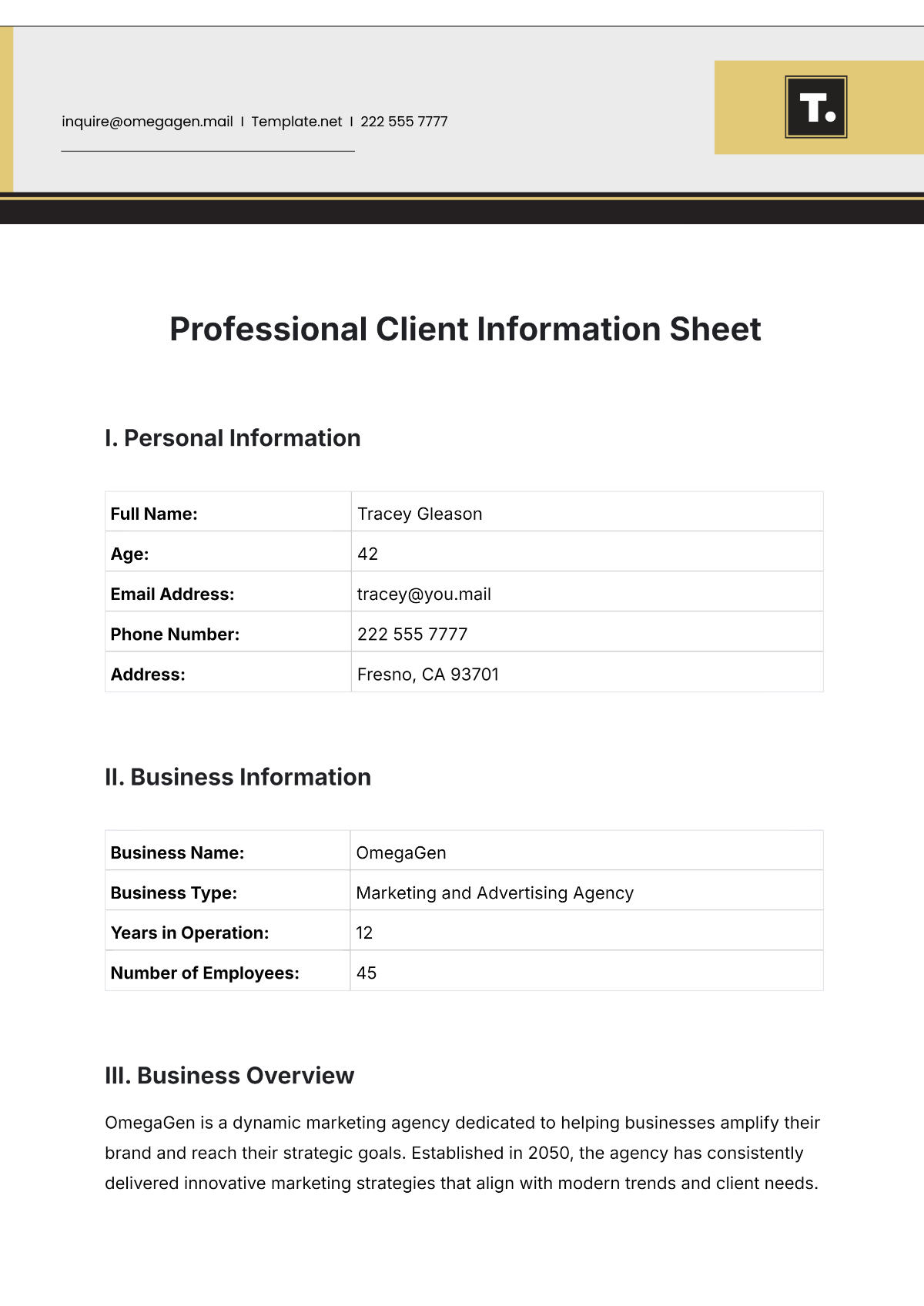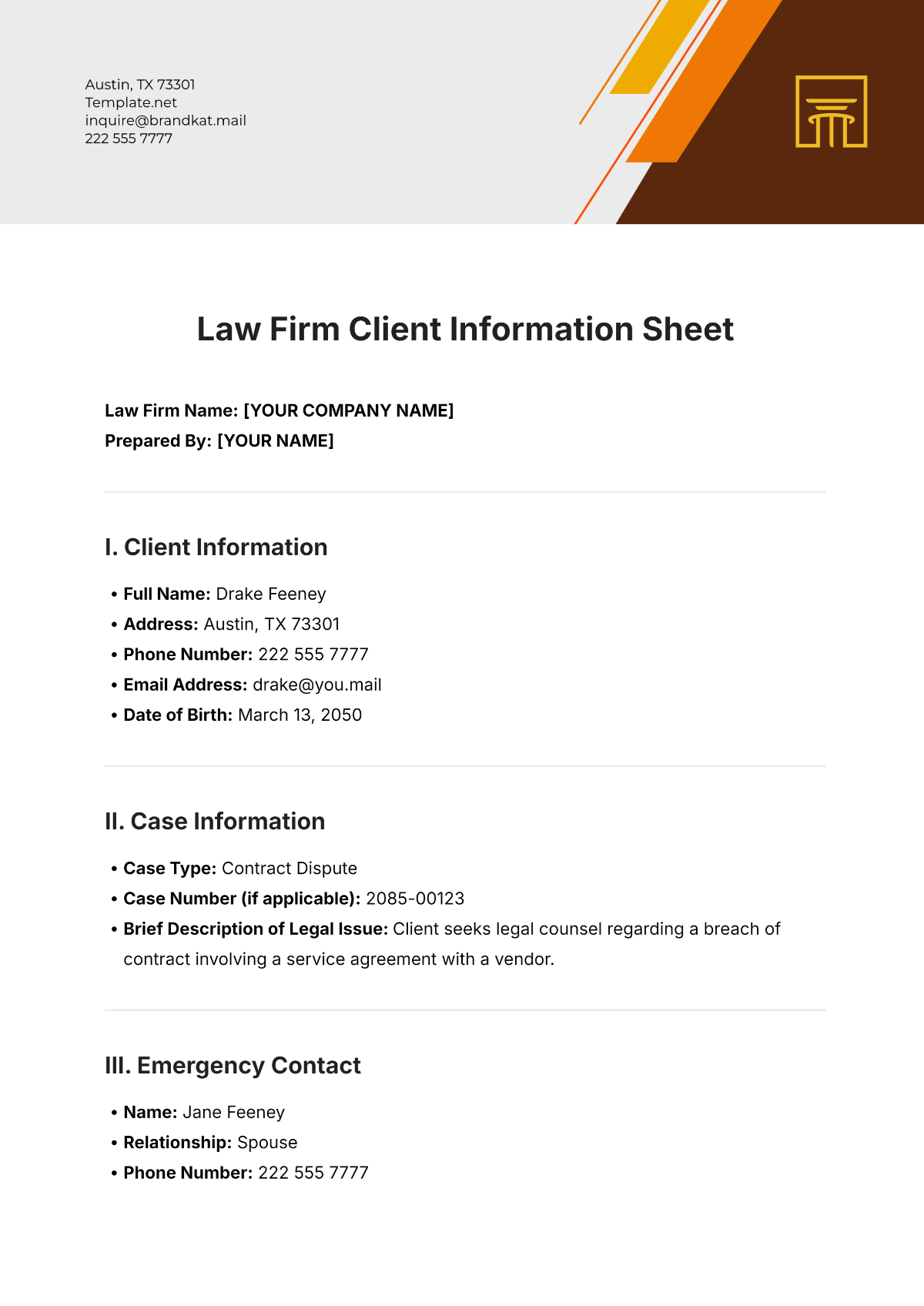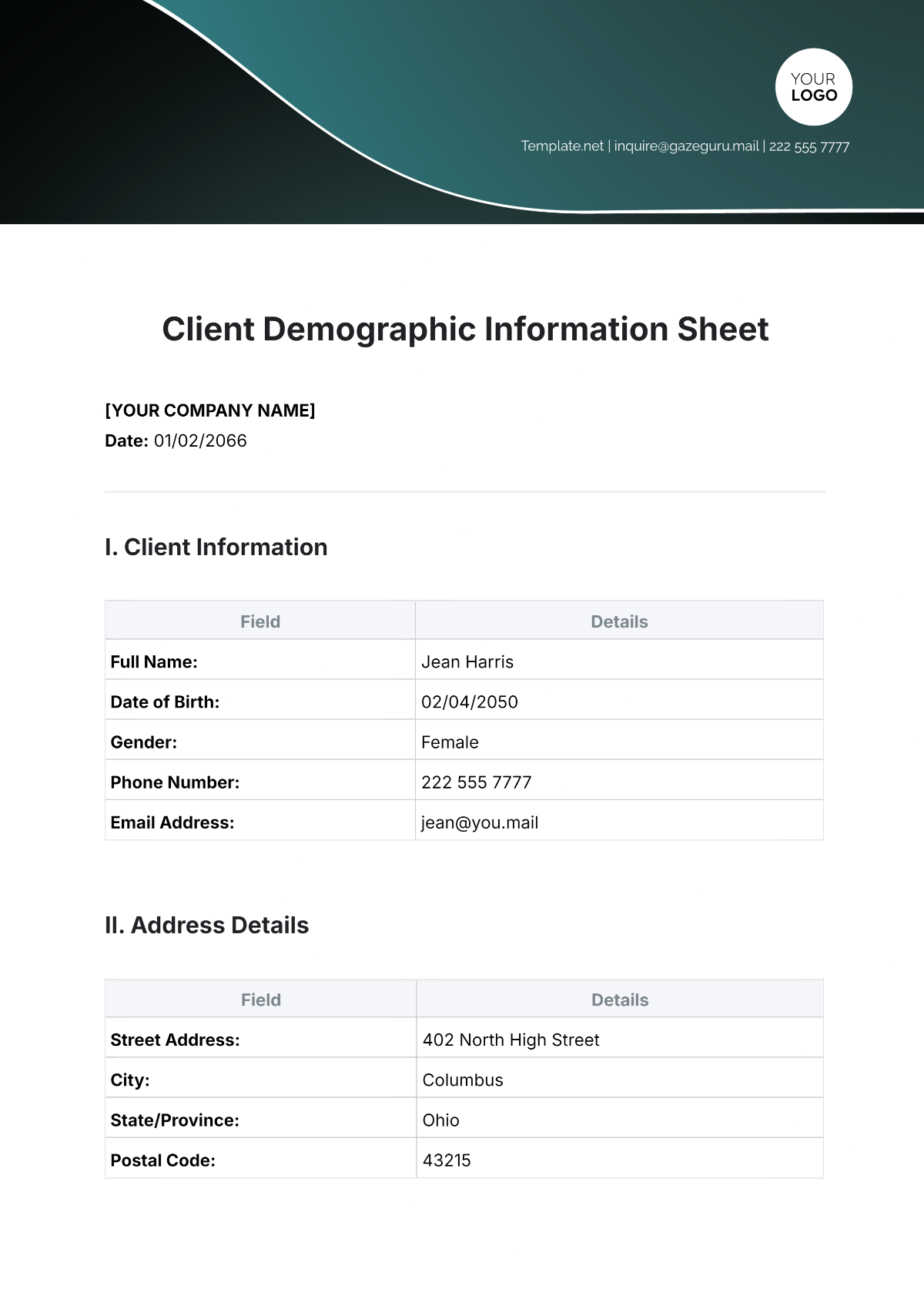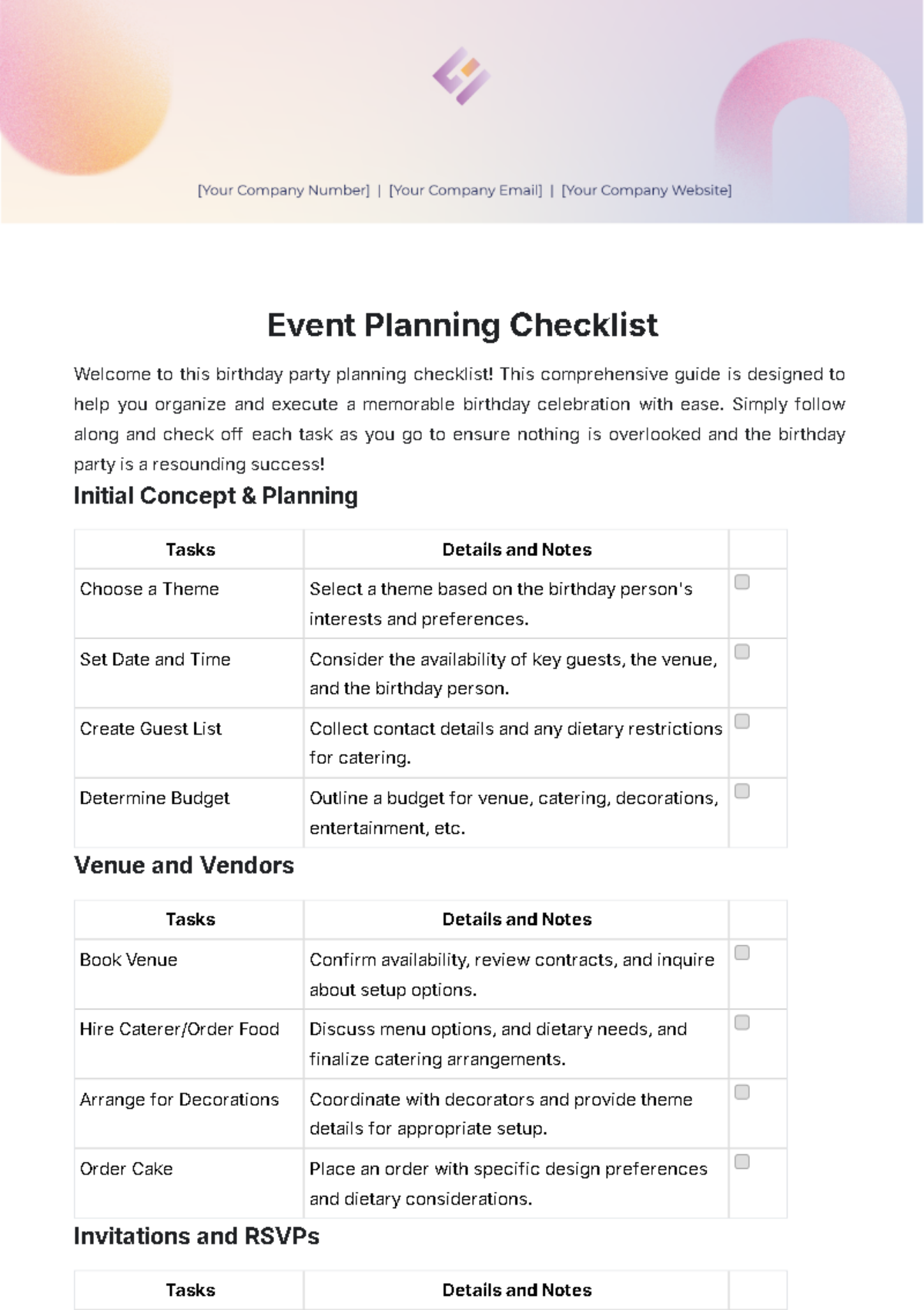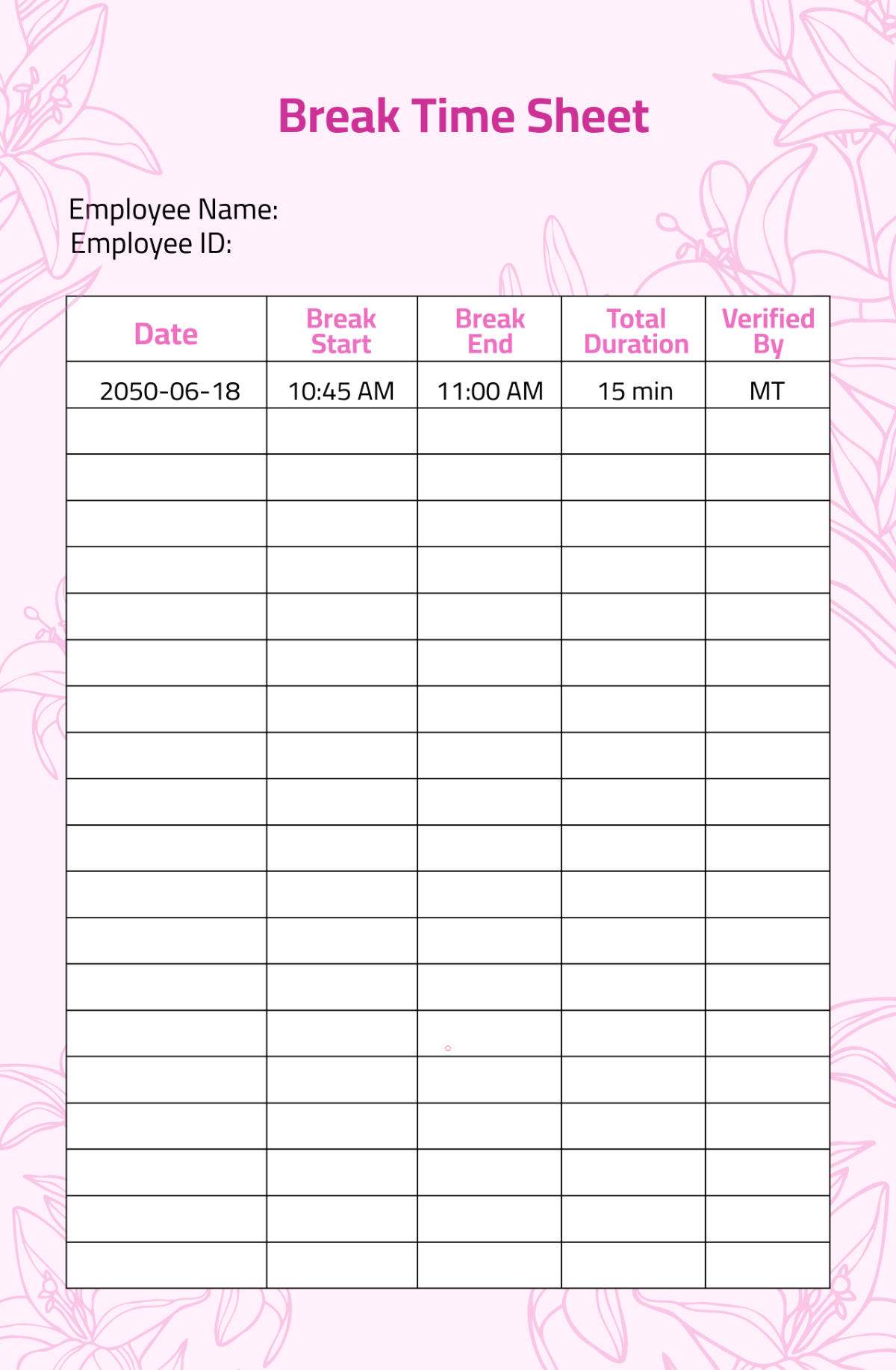Field Datasheet
I. Introduction
In this section, provide a brief overview of the purpose and scope of the field datasheet. Mention its importance in organizing and documenting essential information related to specific fields. This section should also outline this datasheet's key objectives and benefits.
A. Purpose
The Field Datasheet from [Your Company Name] is a comprehensive tool for gathering, organizing, and documenting critical information related to various fields. Whether it's for research, analysis, or practical applications, this datasheet aids in streamlining data collection and facilitating informed decision-making processes.
B. Objectives
Streamlining Data Collection: The datasheet aims to streamline the process of collecting essential field data, ensuring accuracy and consistency.
Organizing Information: By structuring data into organized sections, the datasheet facilitates easy access and reference to key information.
Facilitating Analysis: With clearly defined parameters and categories, the datasheet enables efficient analysis and interpretation of field data.
Supporting Decision Making: By providing comprehensive insights, the datasheet assists in making informed decisions based on reliable data.
II. Data Collection

This section details the process of collecting relevant data for inclusion in the datasheet. It outlines the steps involved, including sources of data, methods of collection, and considerations for data validation and quality assurance.
A. Sources of Data
Primary Sources: Direct observations, surveys, interviews, and experiments conducted in the field.
Secondary Sources: Existing literature, databases, reports, and other documented sources relevant to the field.
B. Methods of Collection
Observational Studies: Conducting direct observations and recording relevant data points.
Surveys and Questionnaires: Gathering information through structured surveys and questionnaires administered to relevant stakeholders.
Interviews: Engaging with key individuals or experts in the field to gather qualitative insights.
Data Logging and Monitoring: Utilizing automated systems or devices for continuous data collection and monitoring.
C. Data Validation and Quality Assurance
Cross-Verification: Comparing data from multiple sources to ensure consistency and accuracy.
Quality Checks: Implementing validation procedures and quality control measures to identify and rectify errors or inconsistencies in the data.
III. Data Fields
This section outlines the specific data fields included in the datasheet, along with their descriptions and potential values. It provides a structured framework for organizing and categorizing field data.
A. Data Fields Overview
The datasheet includes the following key data fields:
Field Name | Description | Potential Values |
|---|---|---|
Temperature | Temperature recorded in Celsius. | 20°C, 25°C, 30°C |
Humidity | Relative humidity percentage. | 50%, 60%, 70% |
Soil Moisture | Moisture level in soil. | Dry, Moist, Wet |
B. Detailed Data Field Descriptions
Temperature:
Description: The temperature recorded at the field location.
Potential Values: 20°C to 40°C.
Example: 25°C
Humidity:
Description: The relative humidity level at the field site.
Potential Values: 40% to 80%.
Example: 60%
Soil Moisture:
Description: The moisture level in the soil.
Potential Values: Dry, Moist, Wet.
Example: Moist
IV. Conclusion
Conclude the datasheet by summarizing its key features, benefits, and recommendations for effective utilization. Encourage users to leverage the datasheet as a valuable tool for data management and decision support in their respective fields.
A. Key Features
Comprehensive data collection and organization.
Structured framework for categorizing field data.
Facilitates data analysis and decision-making processes.
B. Recommendations
Regularly update and maintain the datasheet to ensure accuracy and relevance.
Train users on the effective use of the datasheet for optimal outcomes.
Solicit feedback from stakeholders to continually improve the datasheet's functionality and usability.

